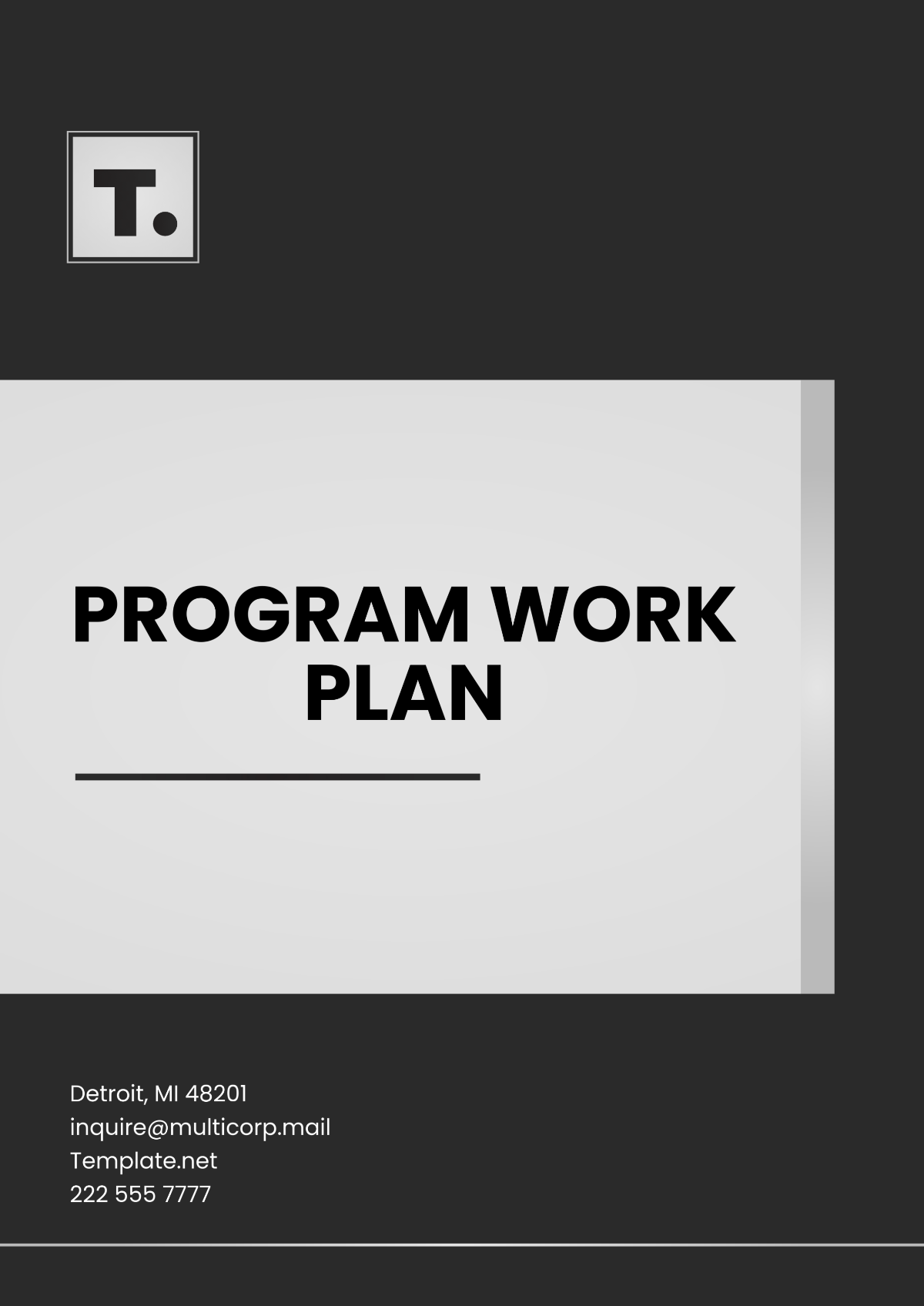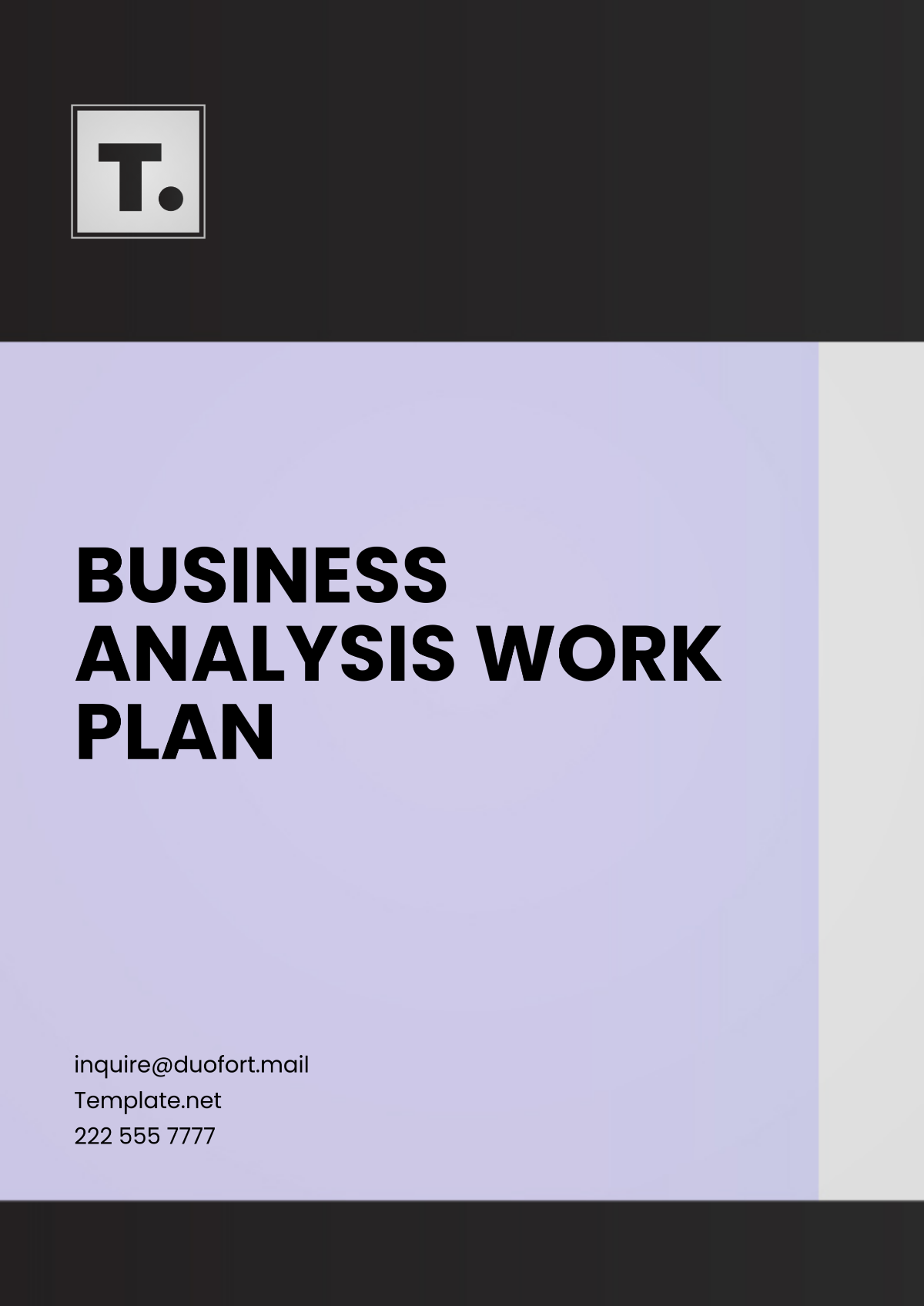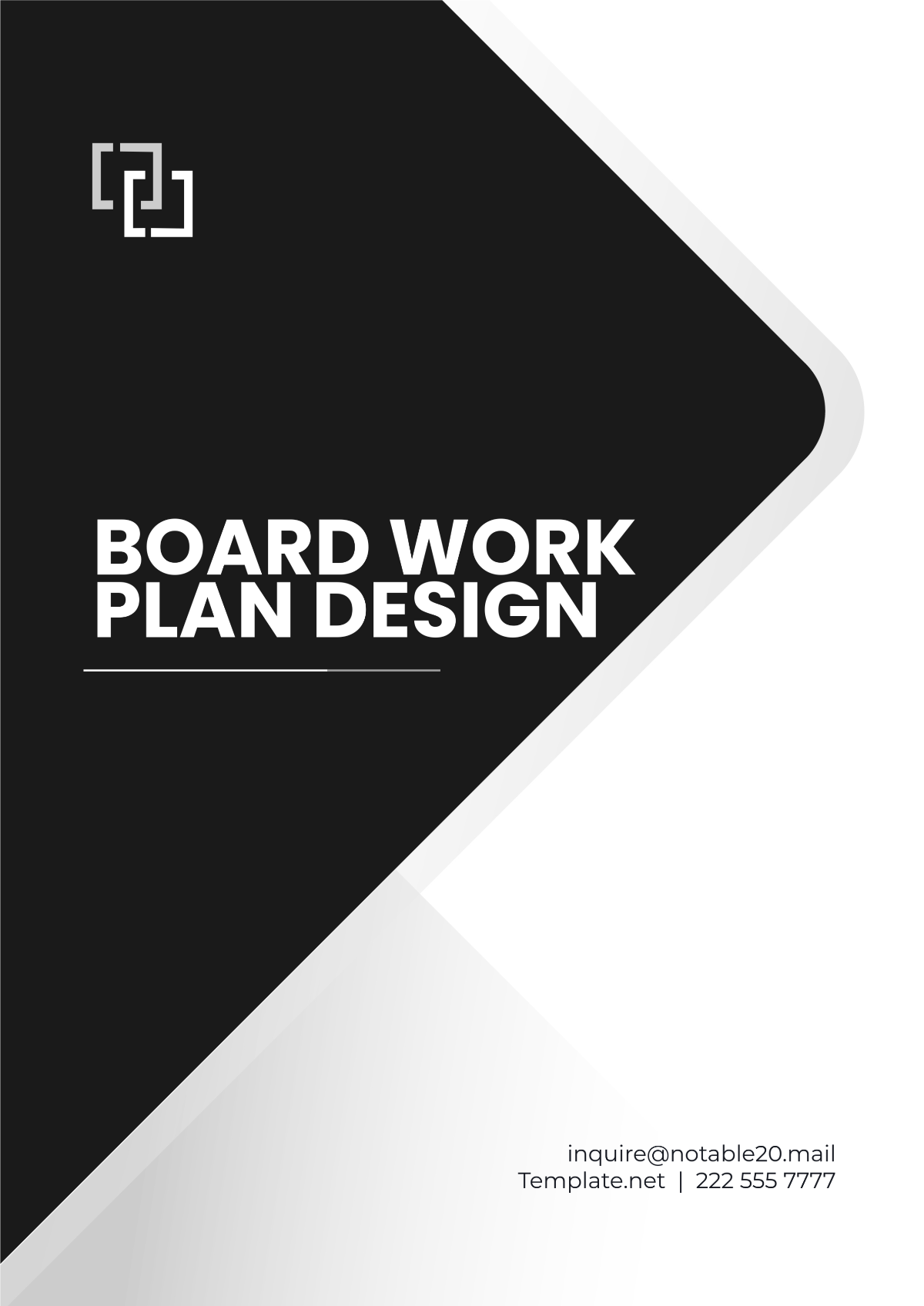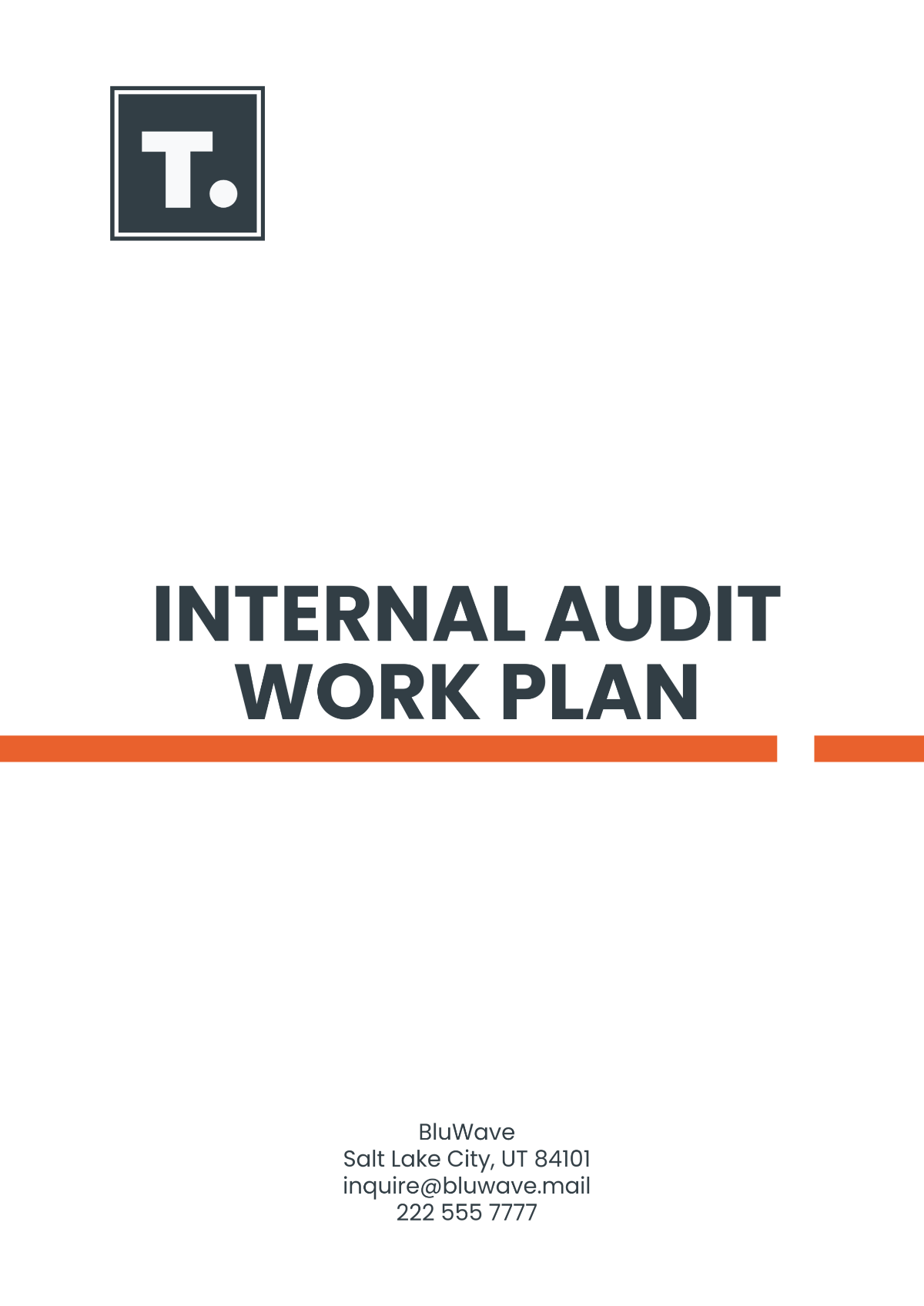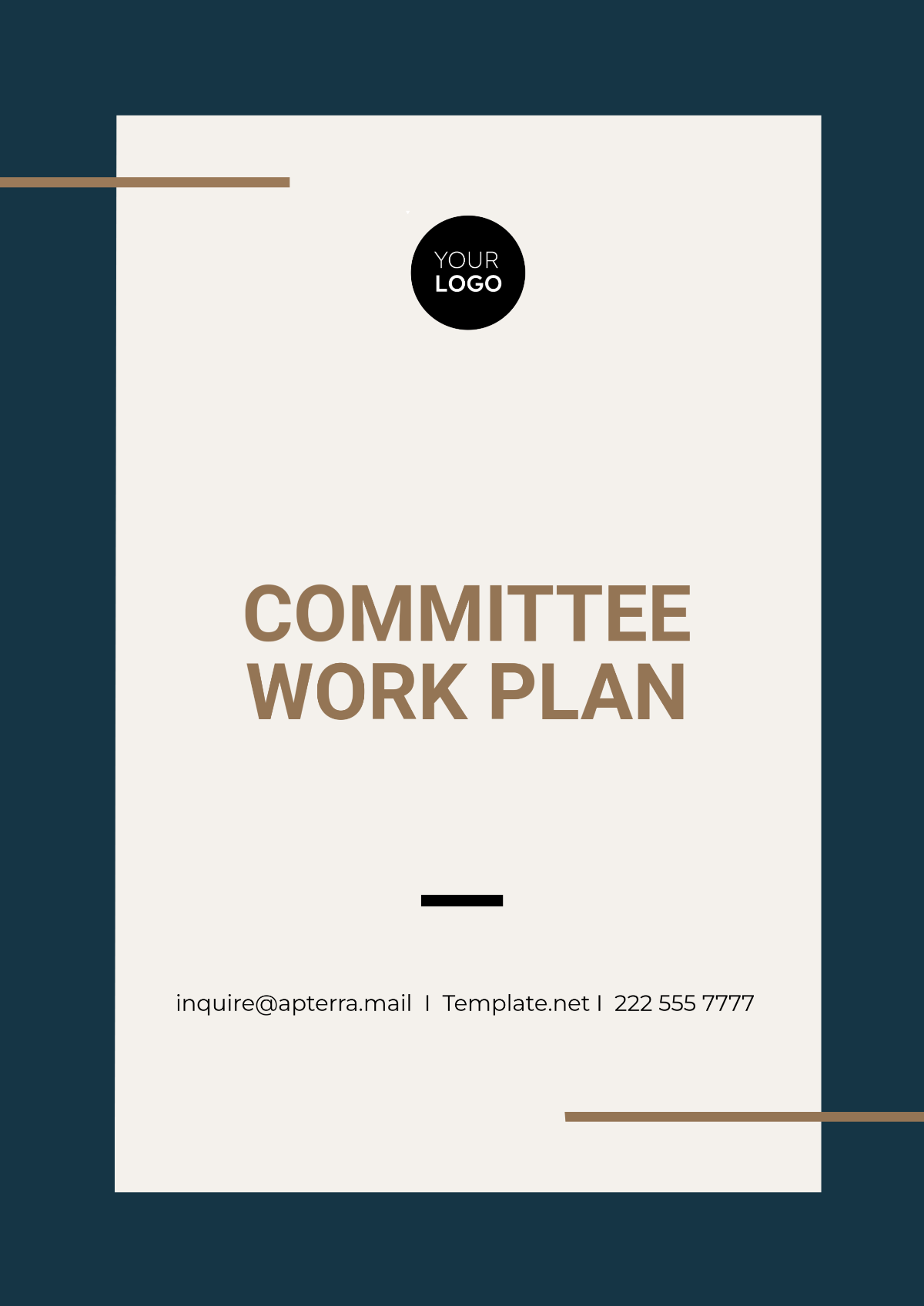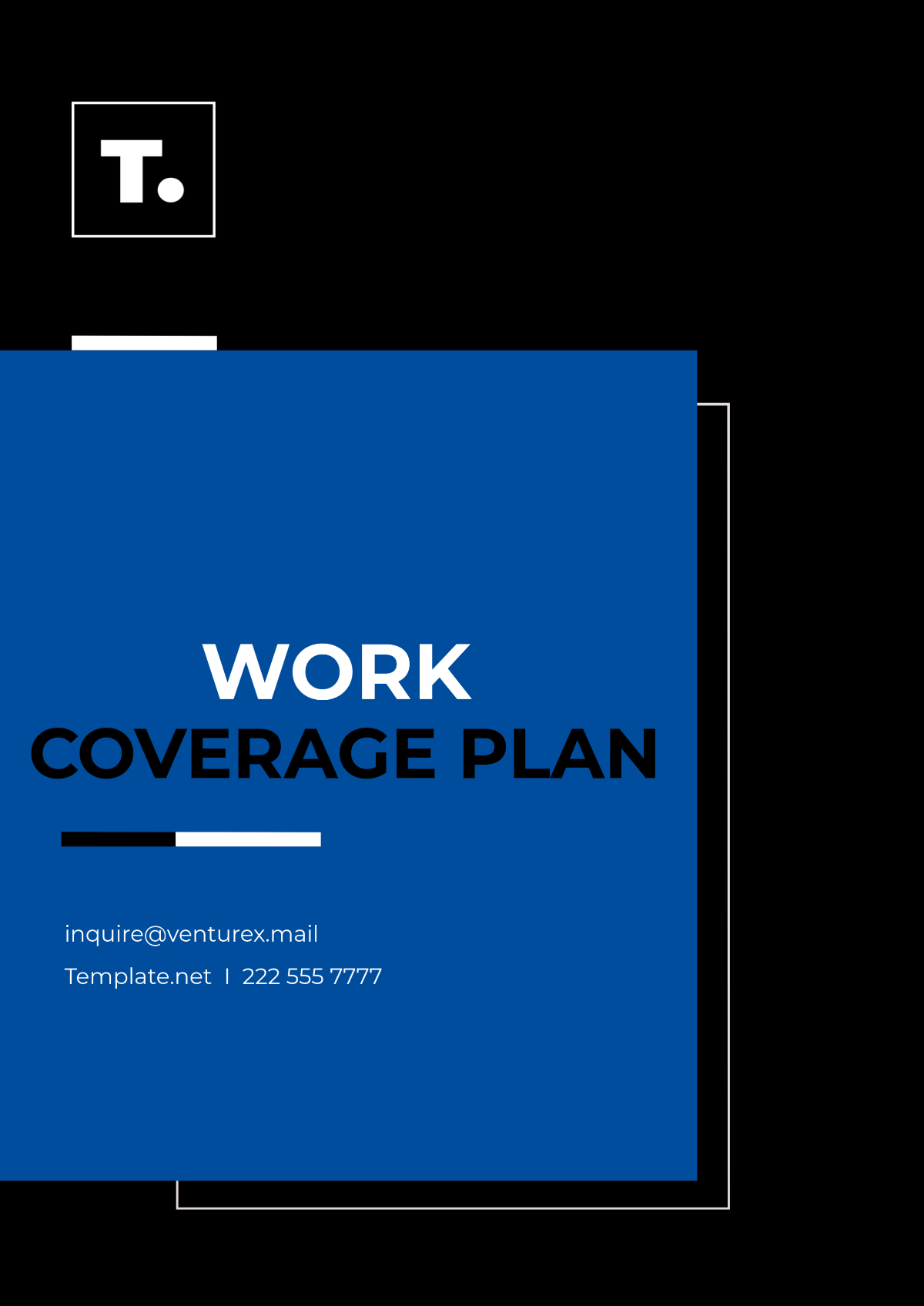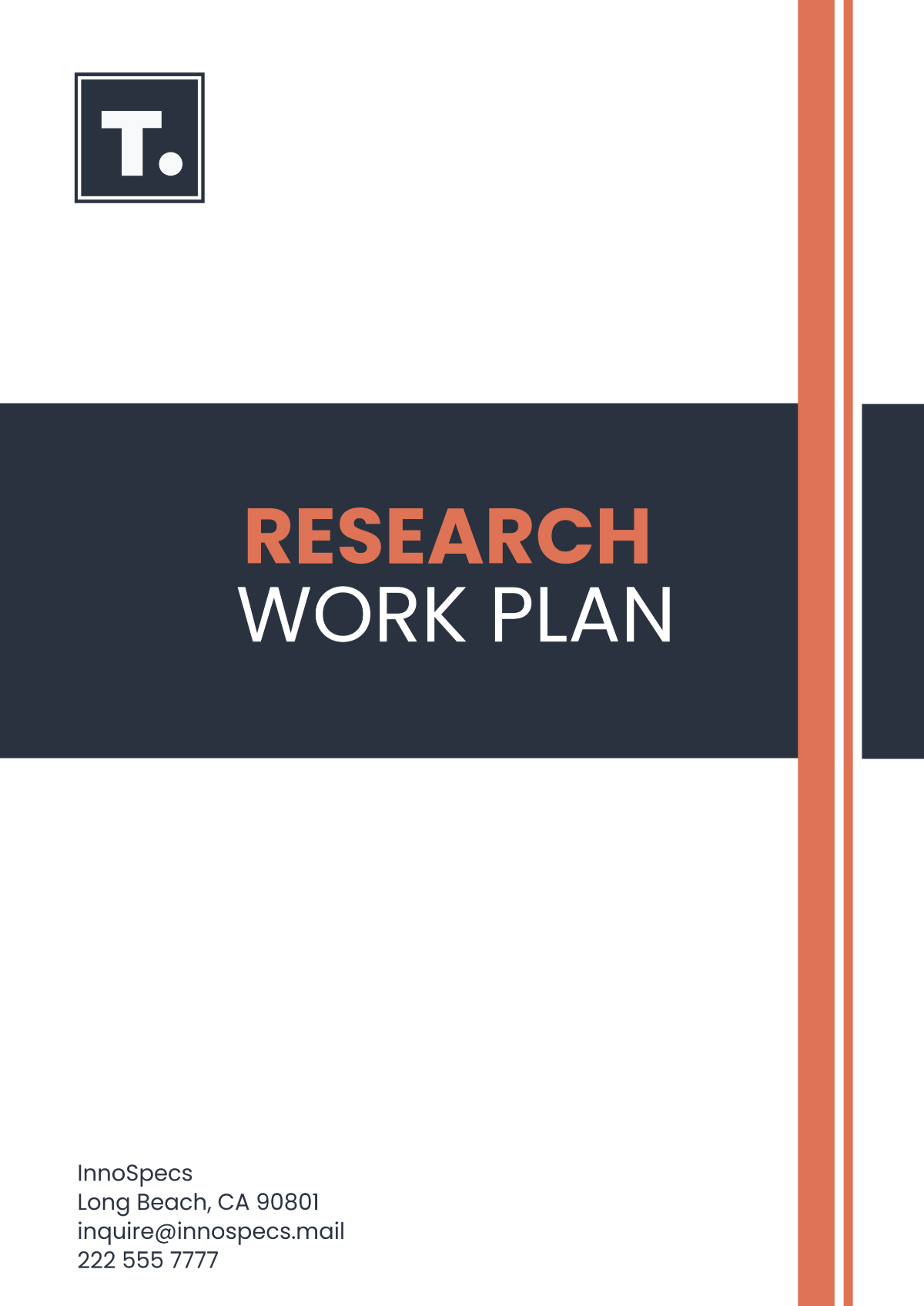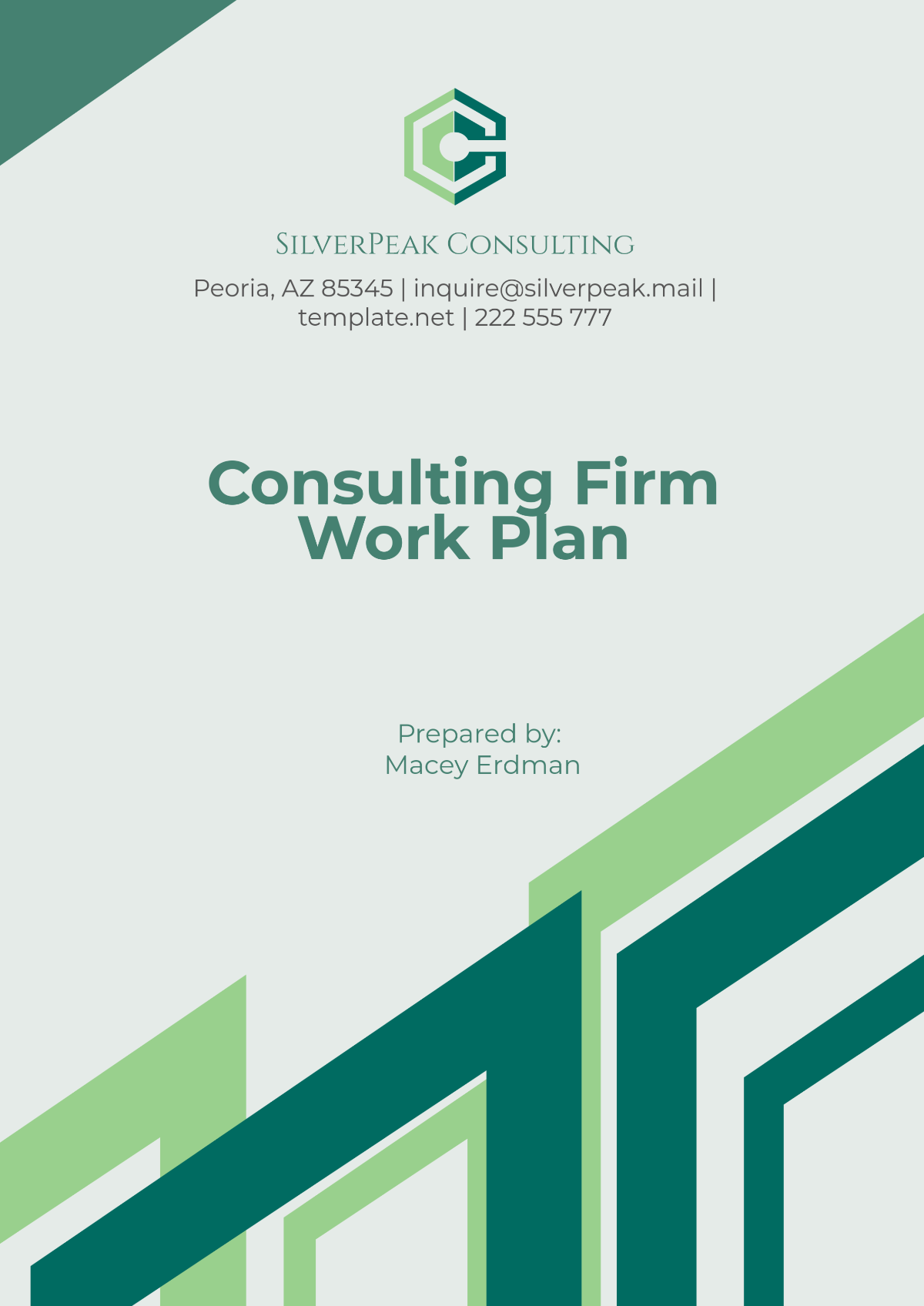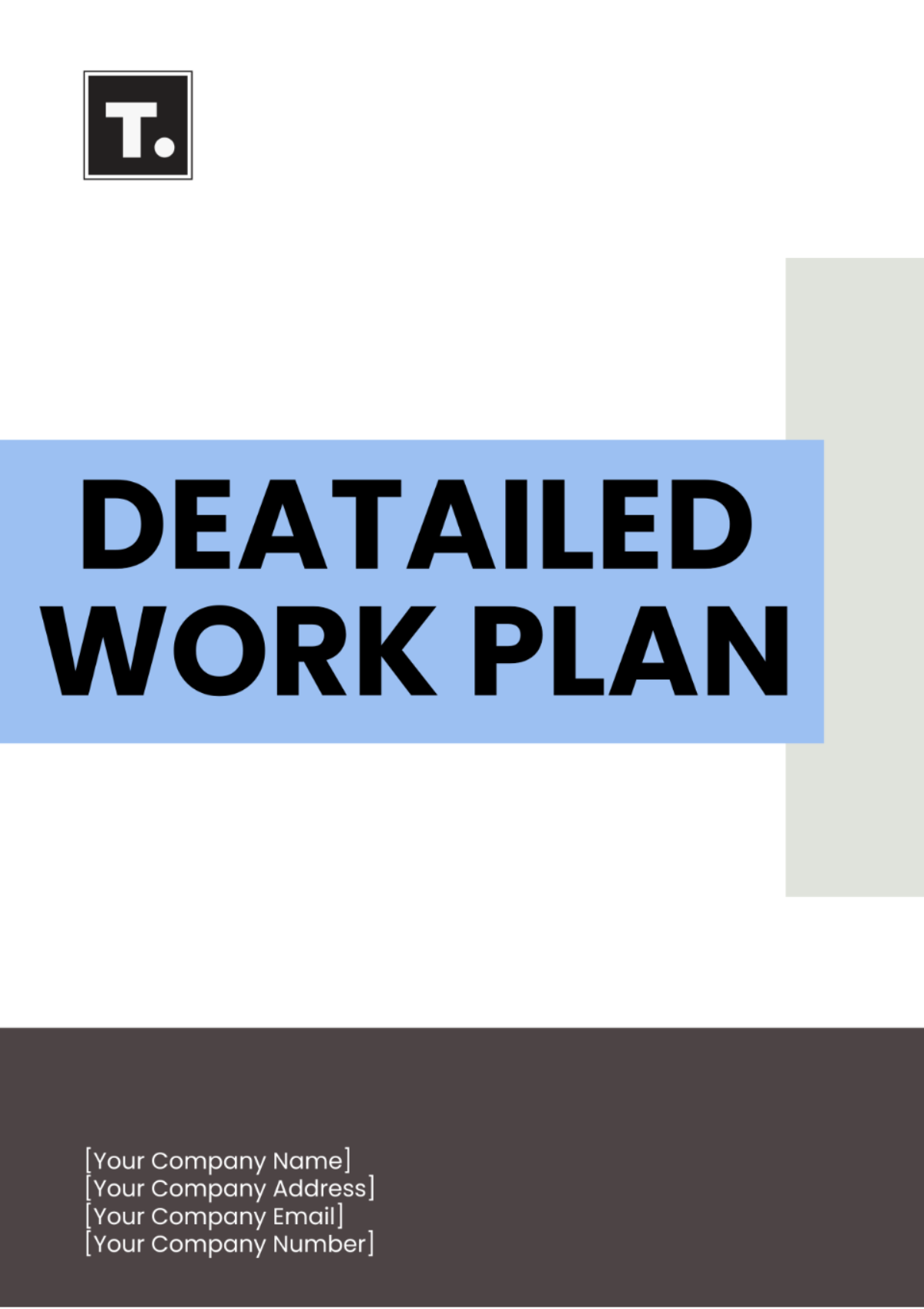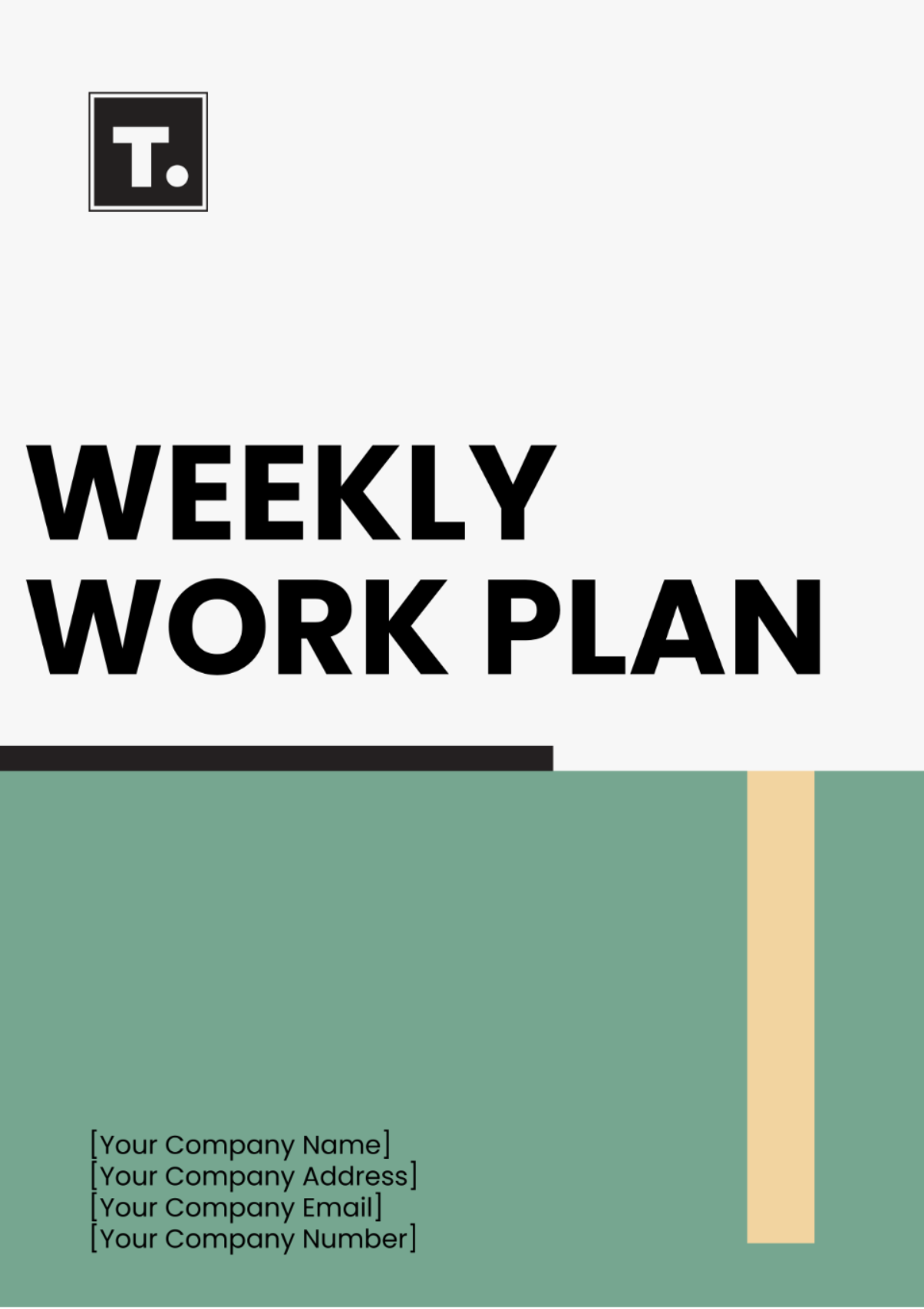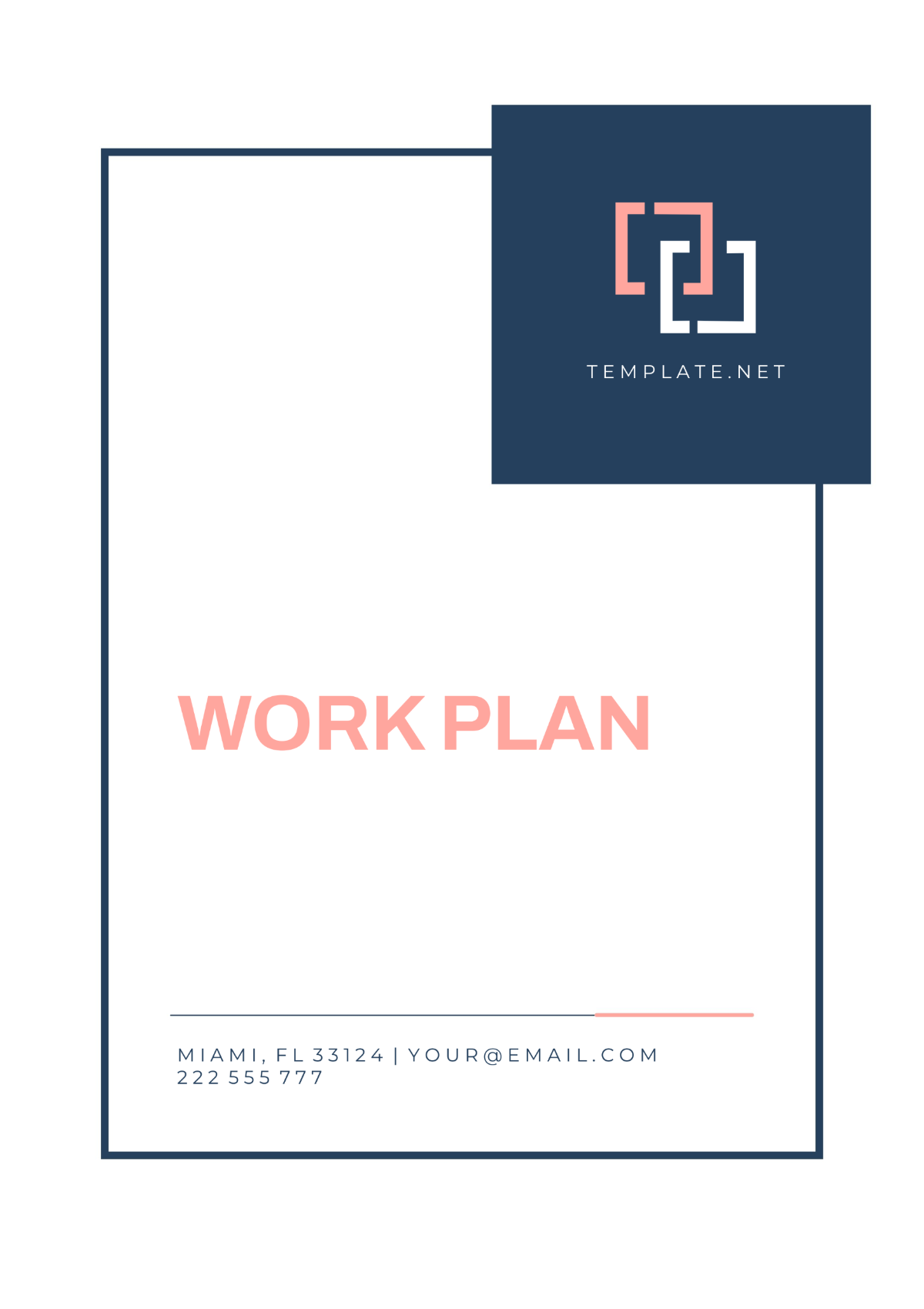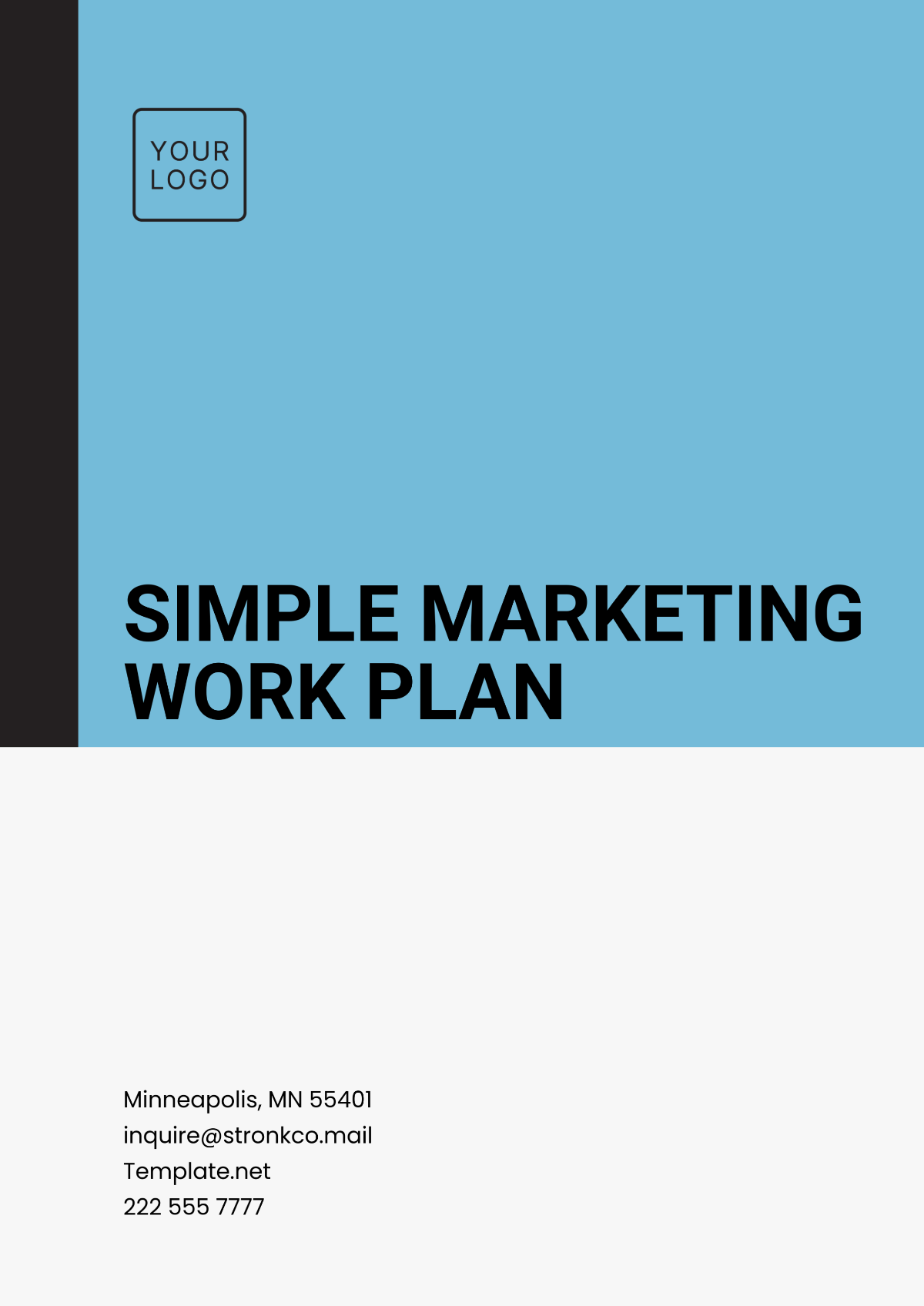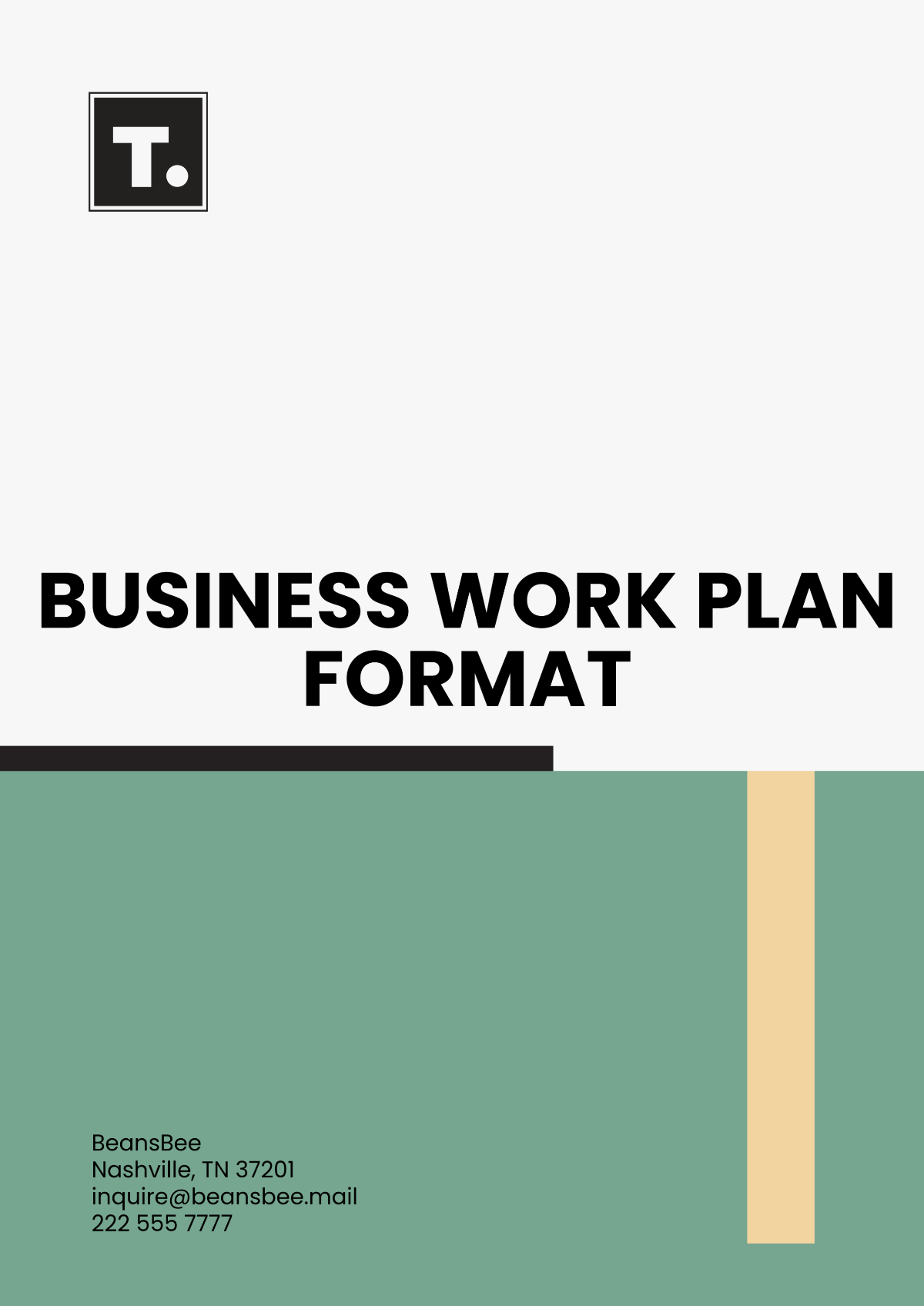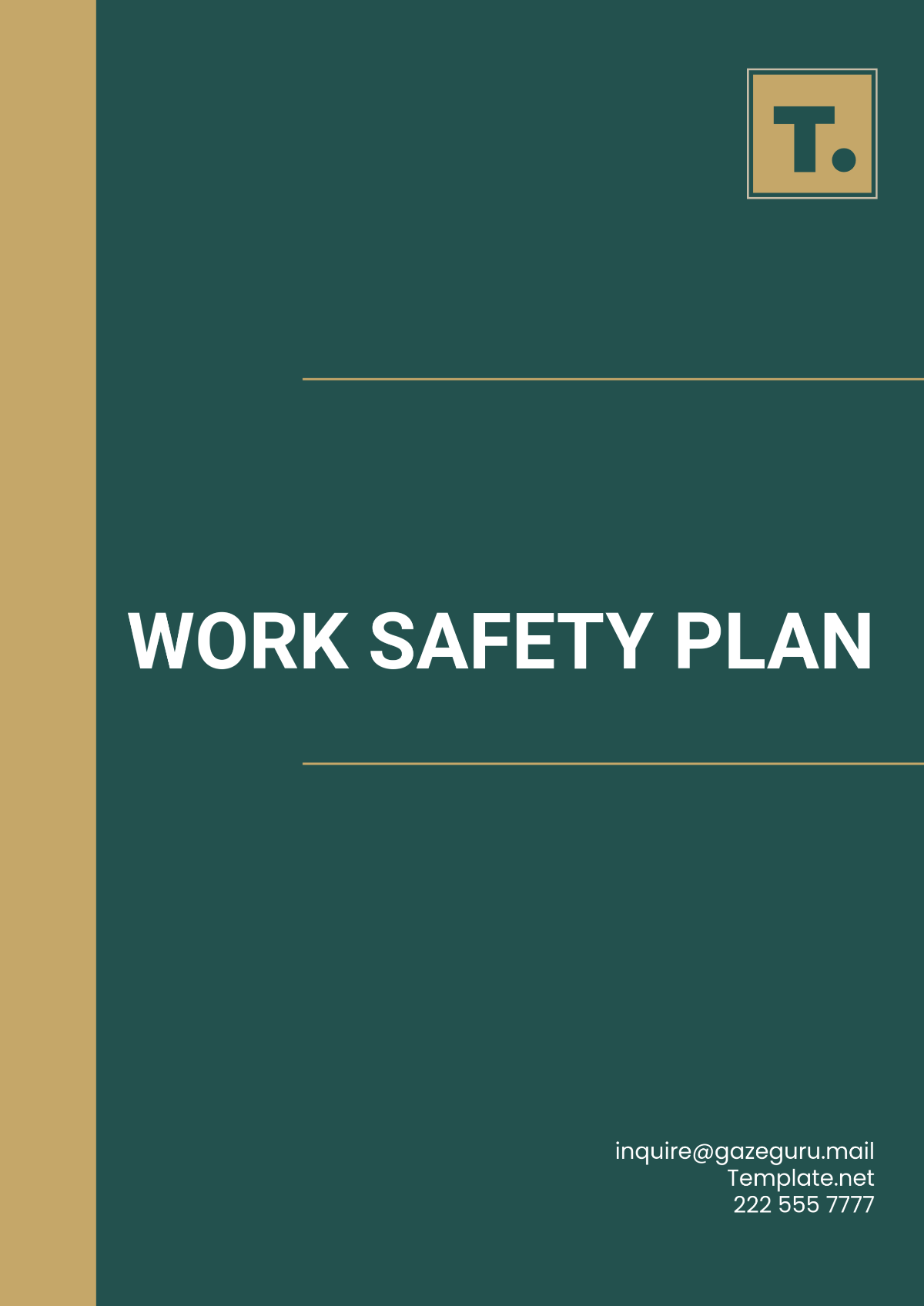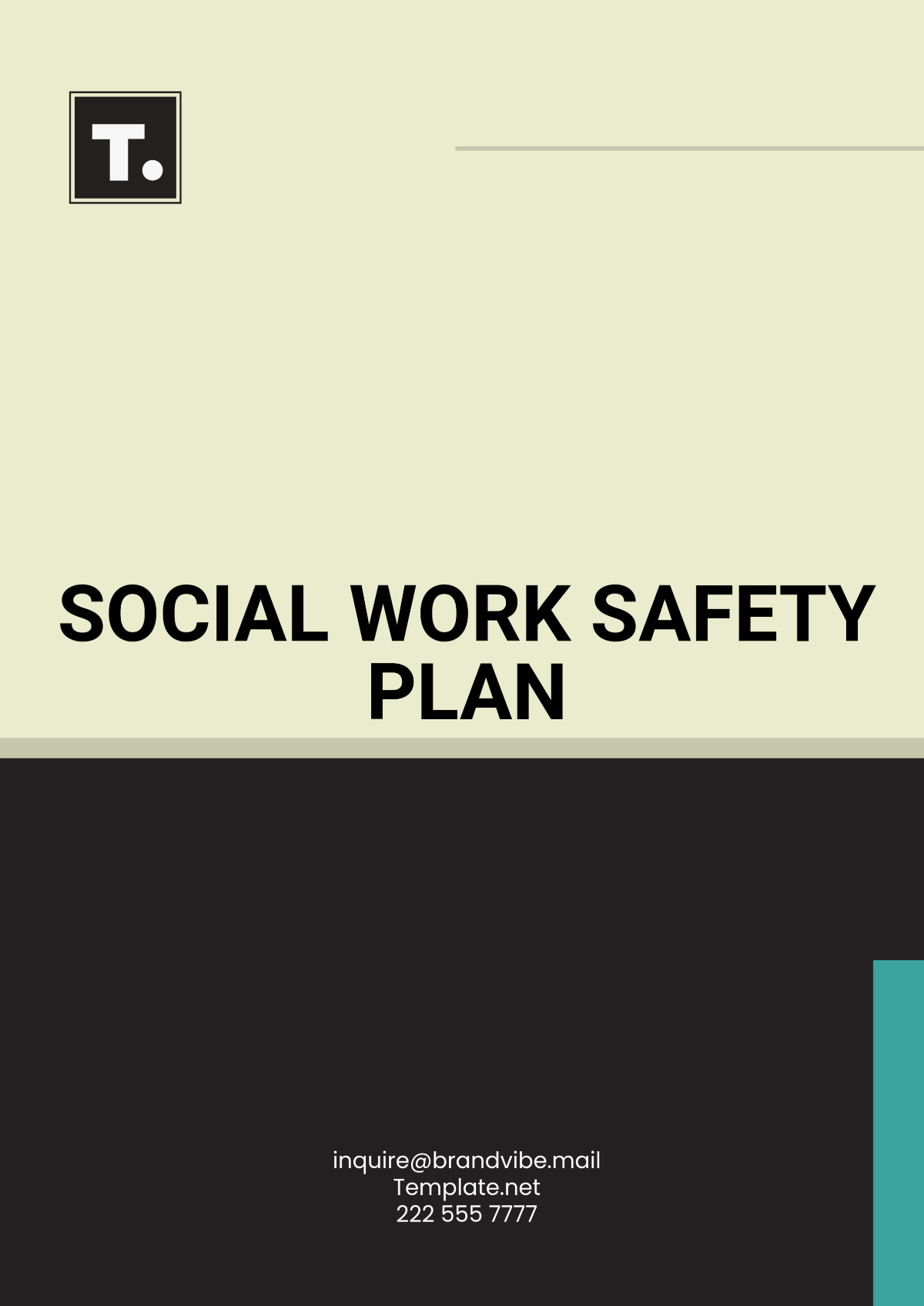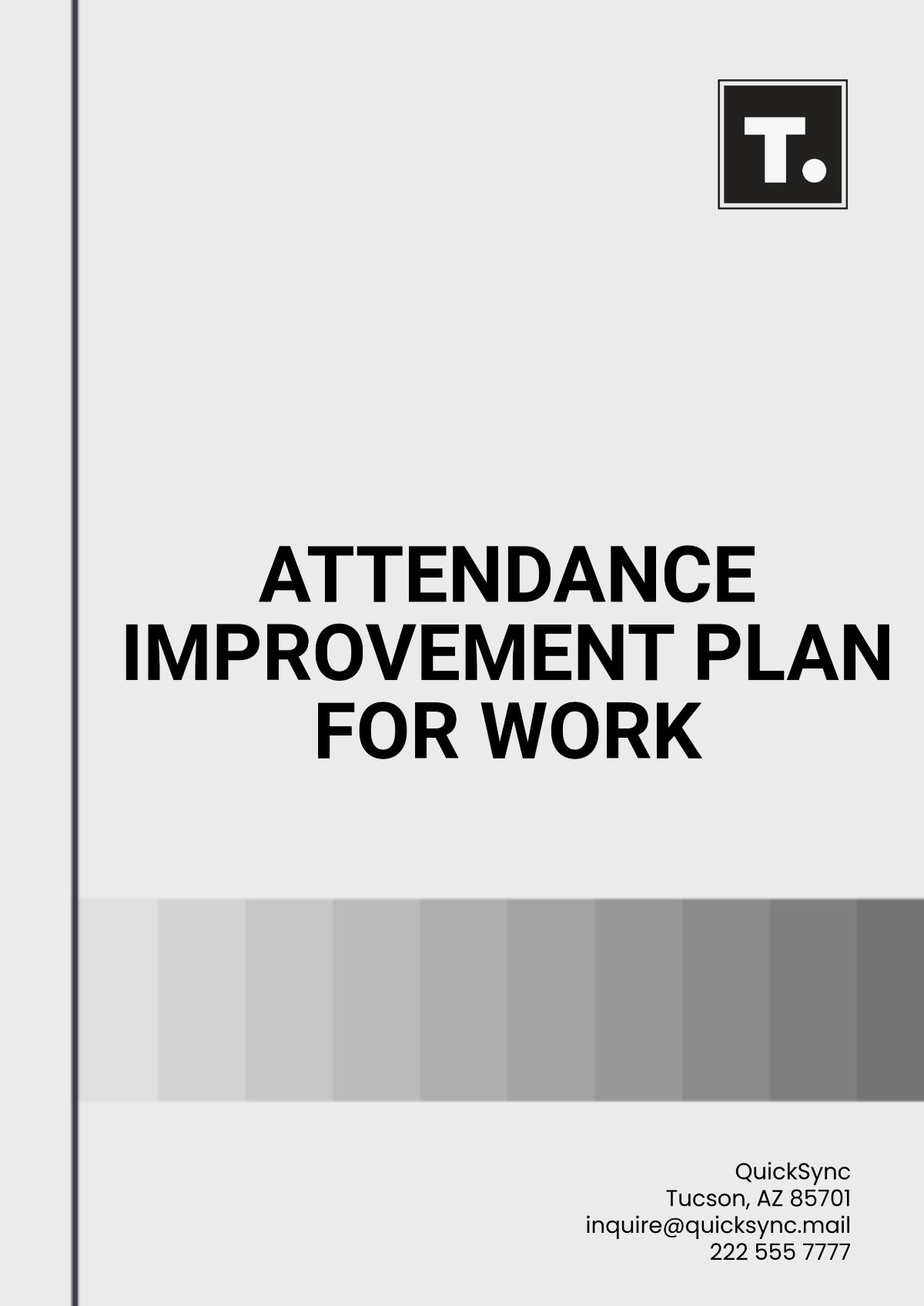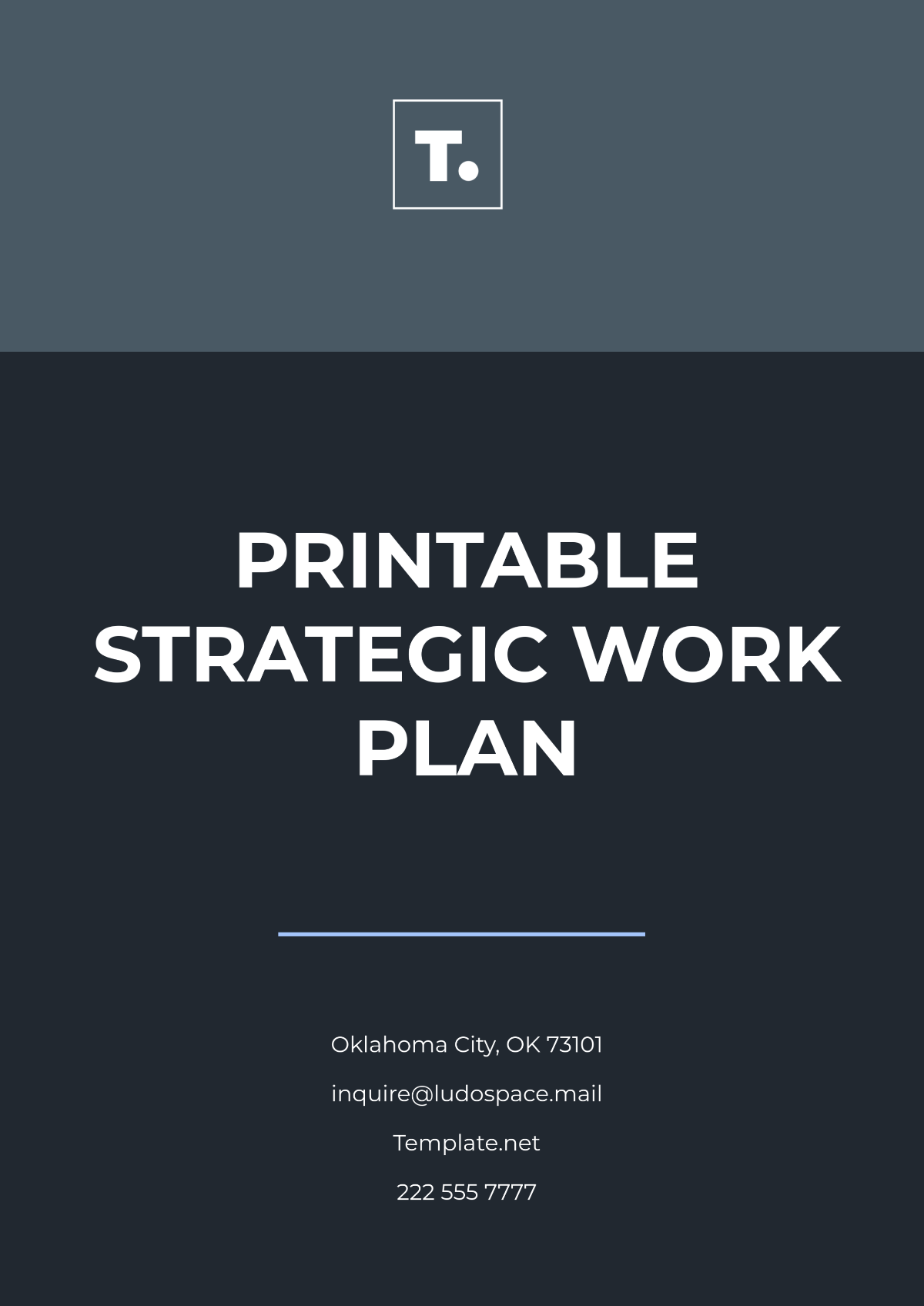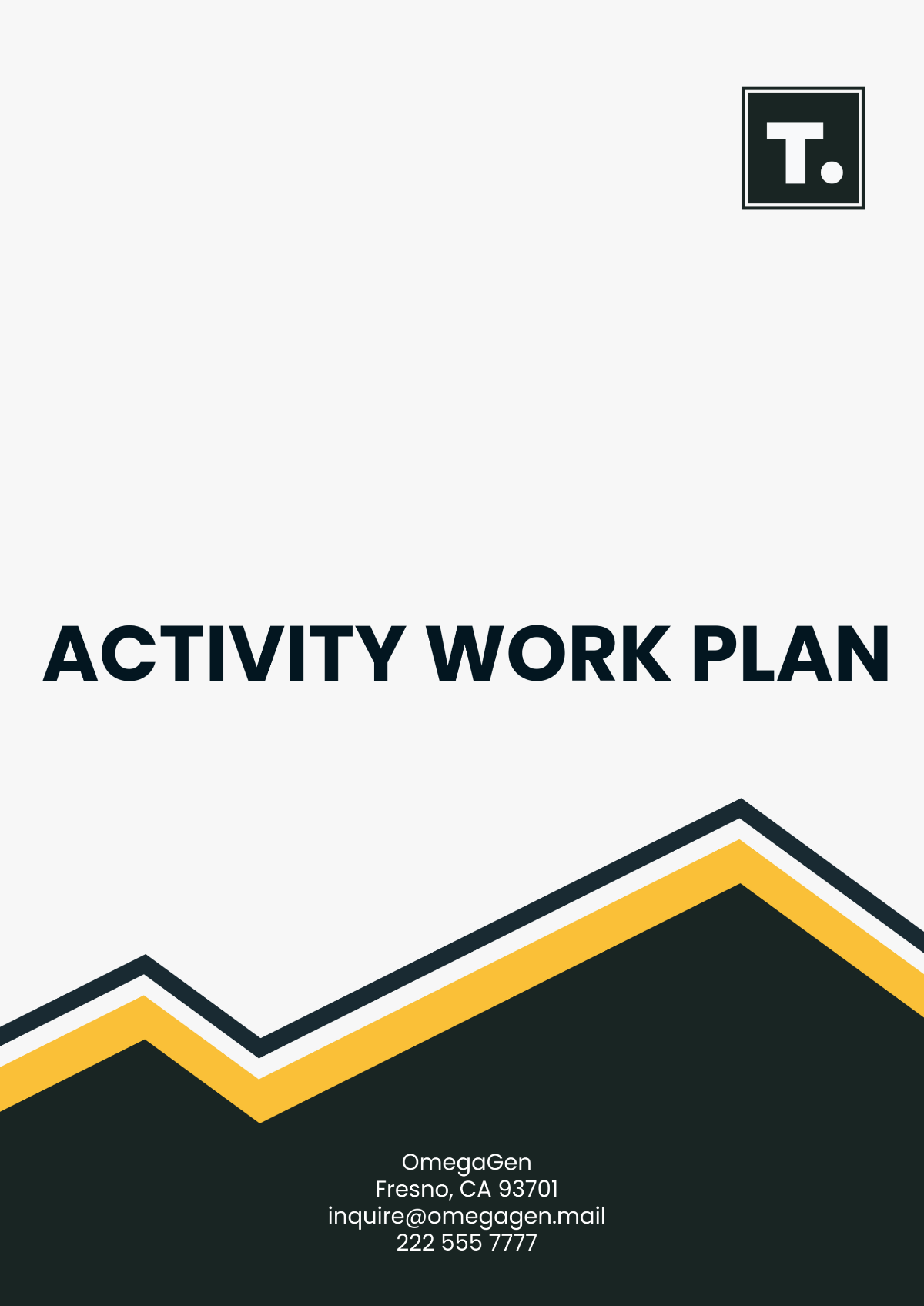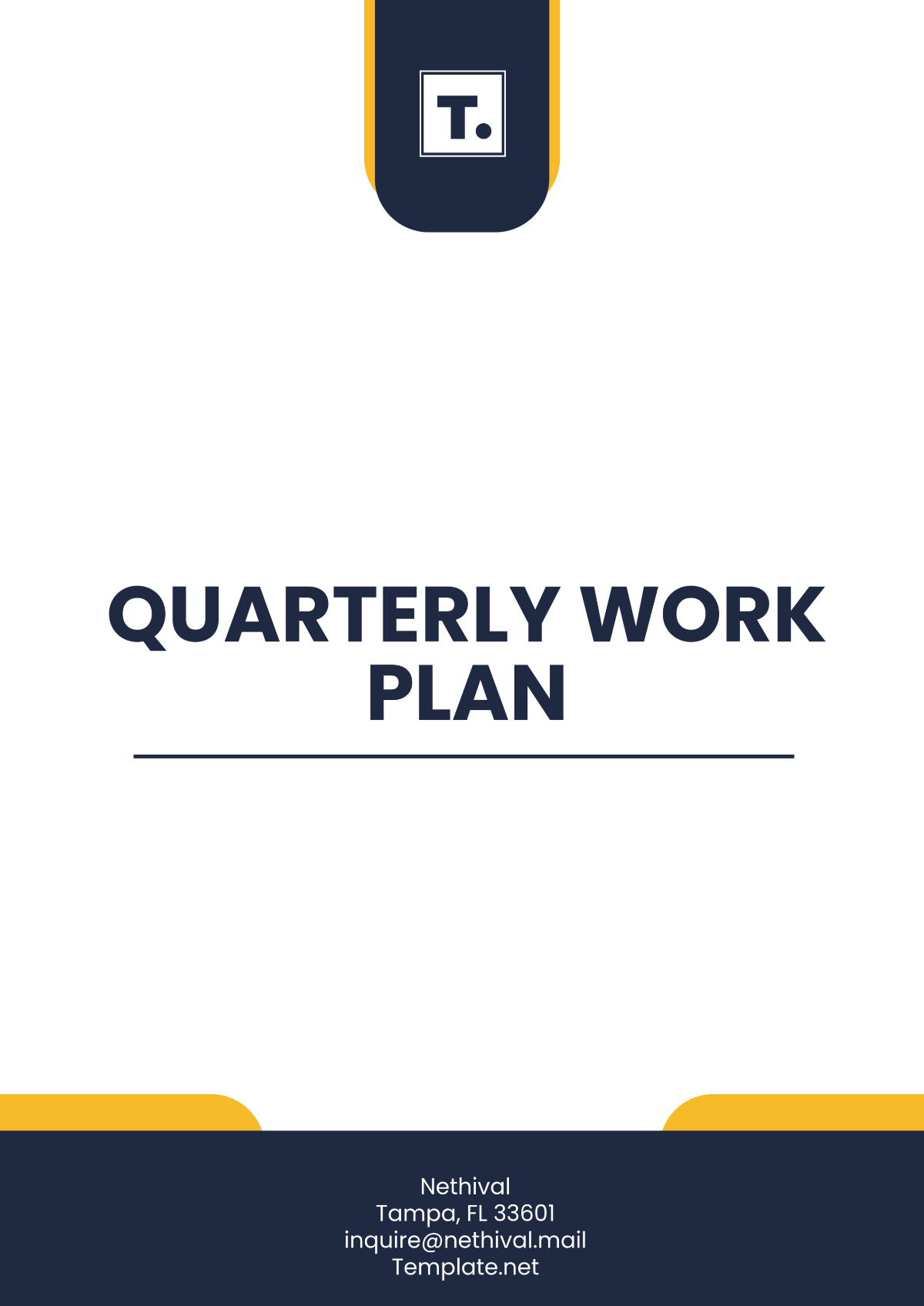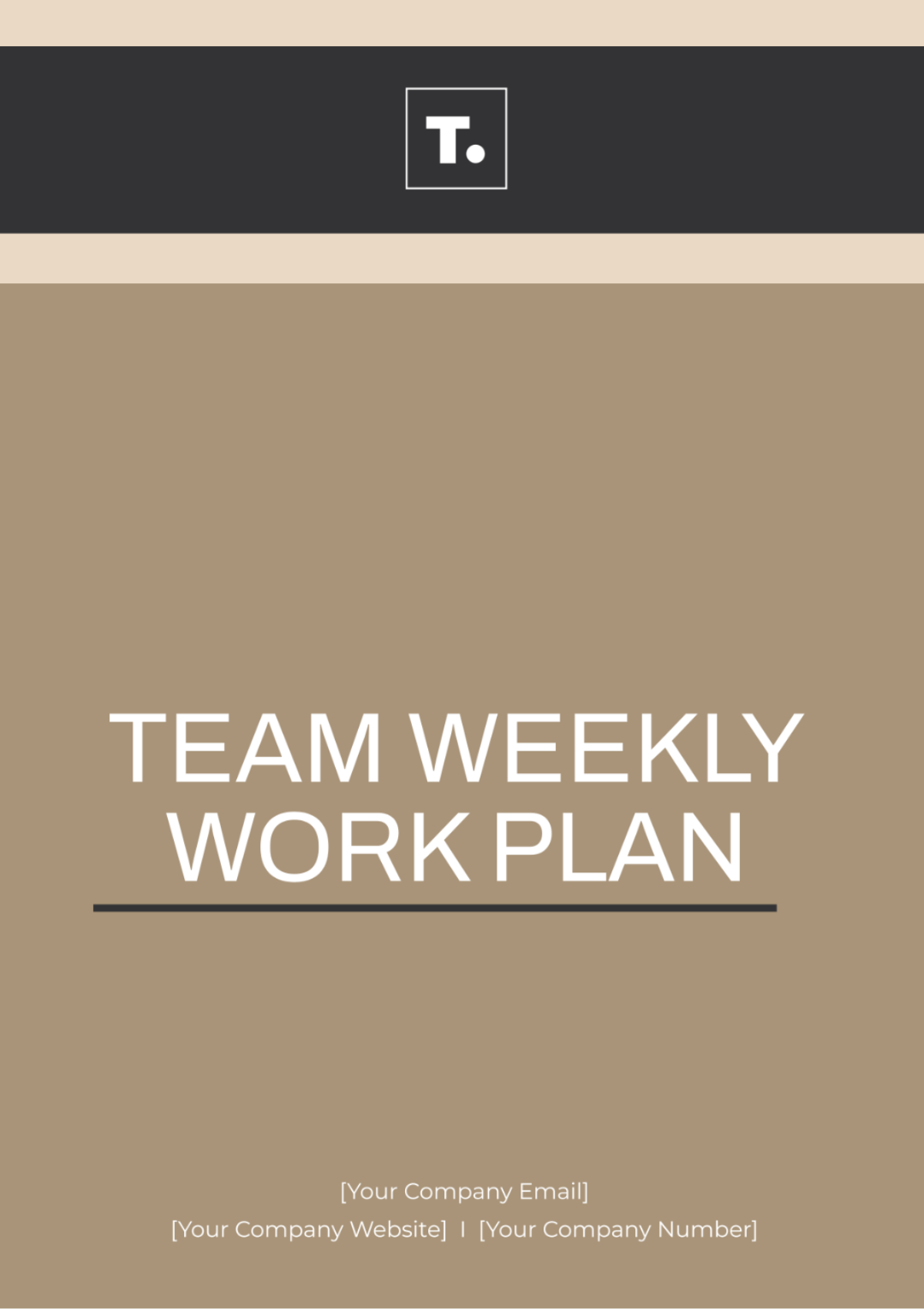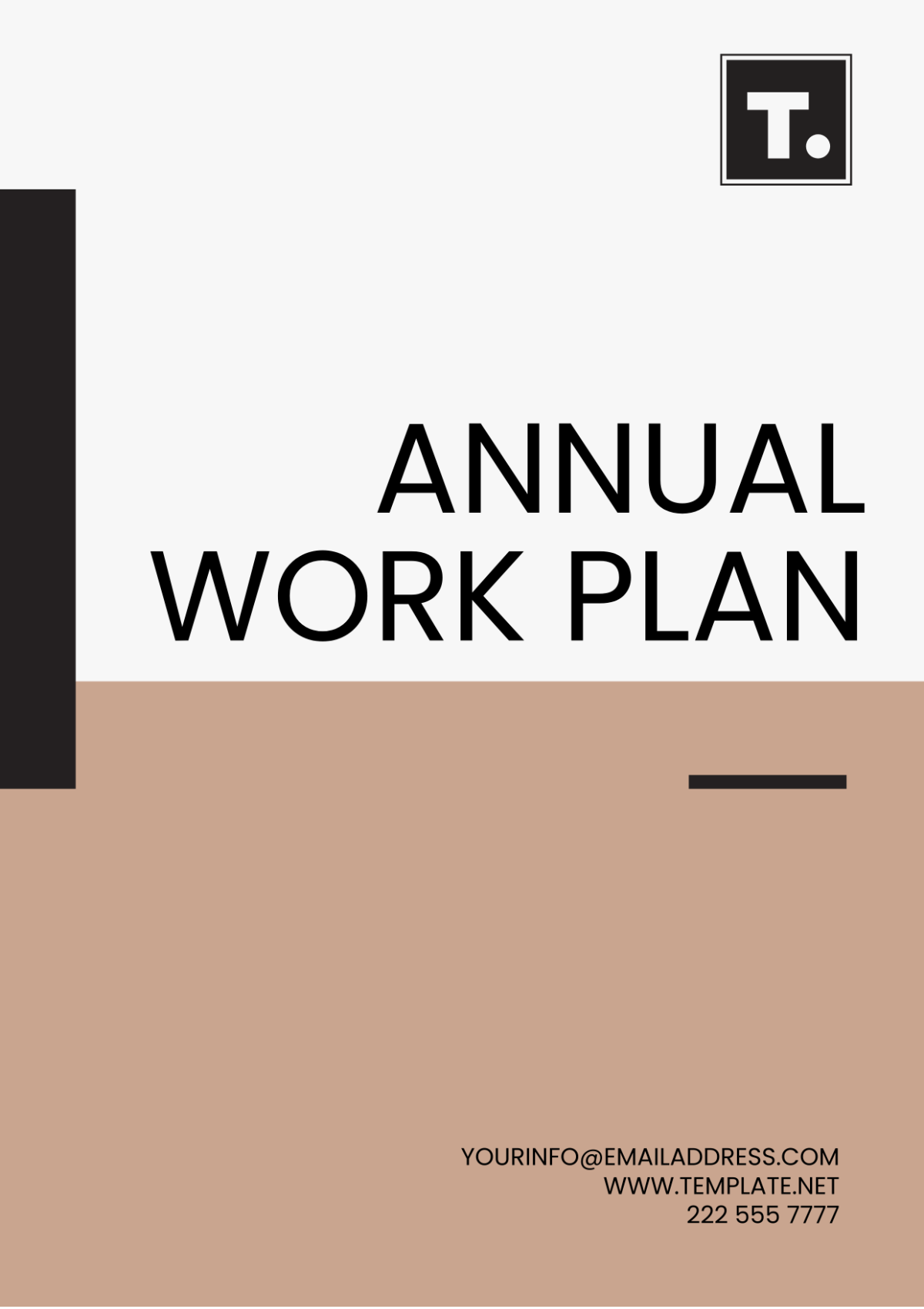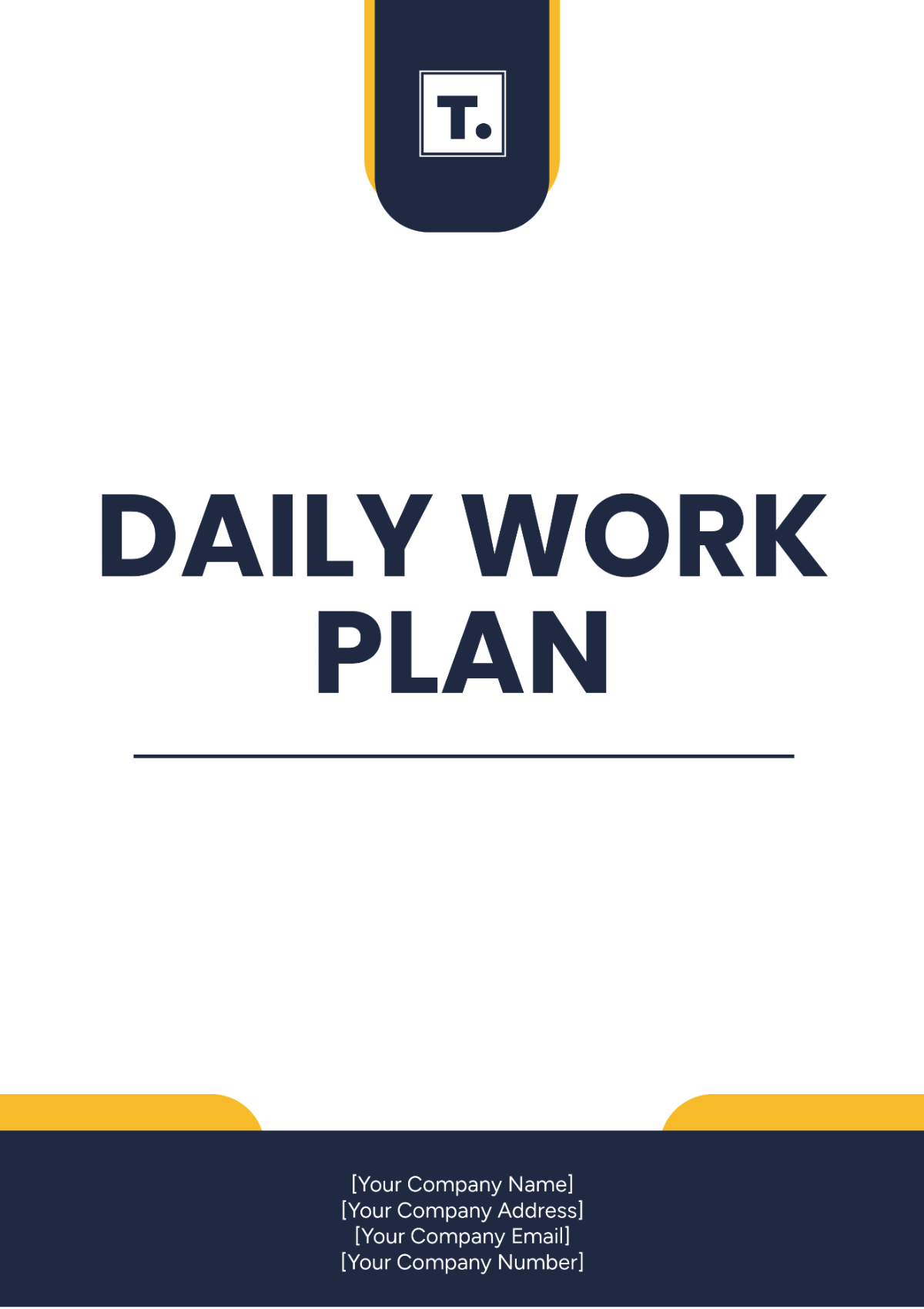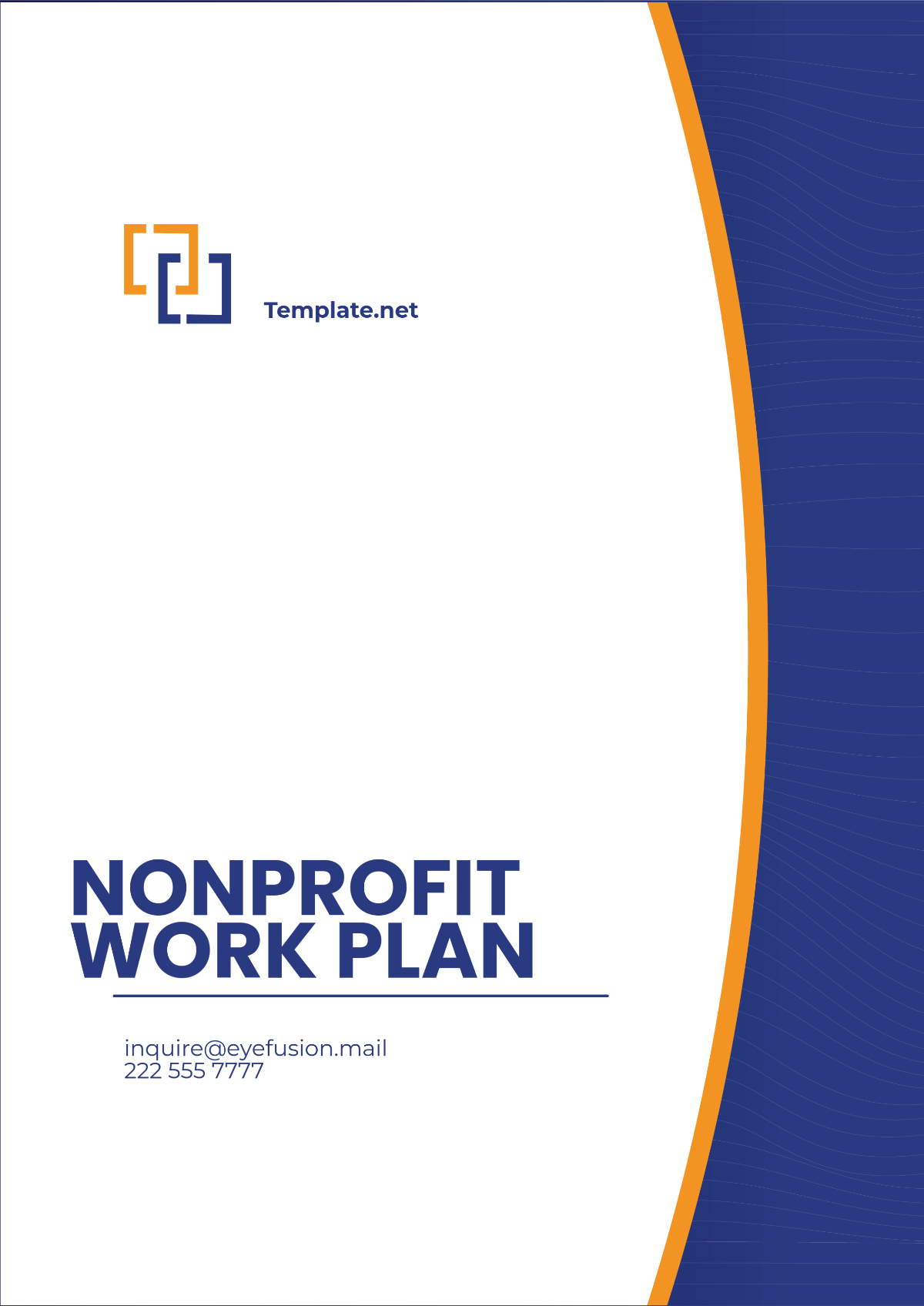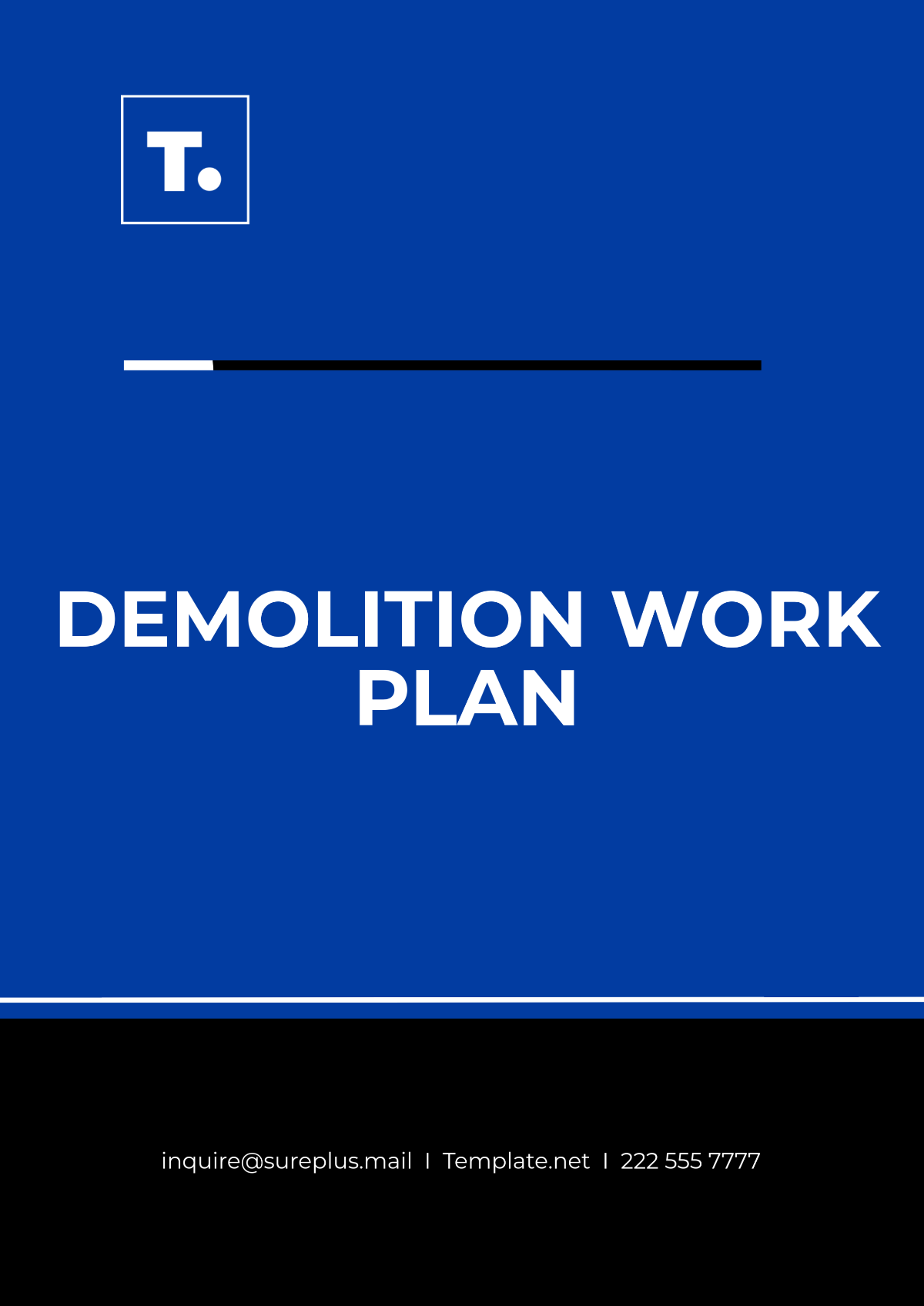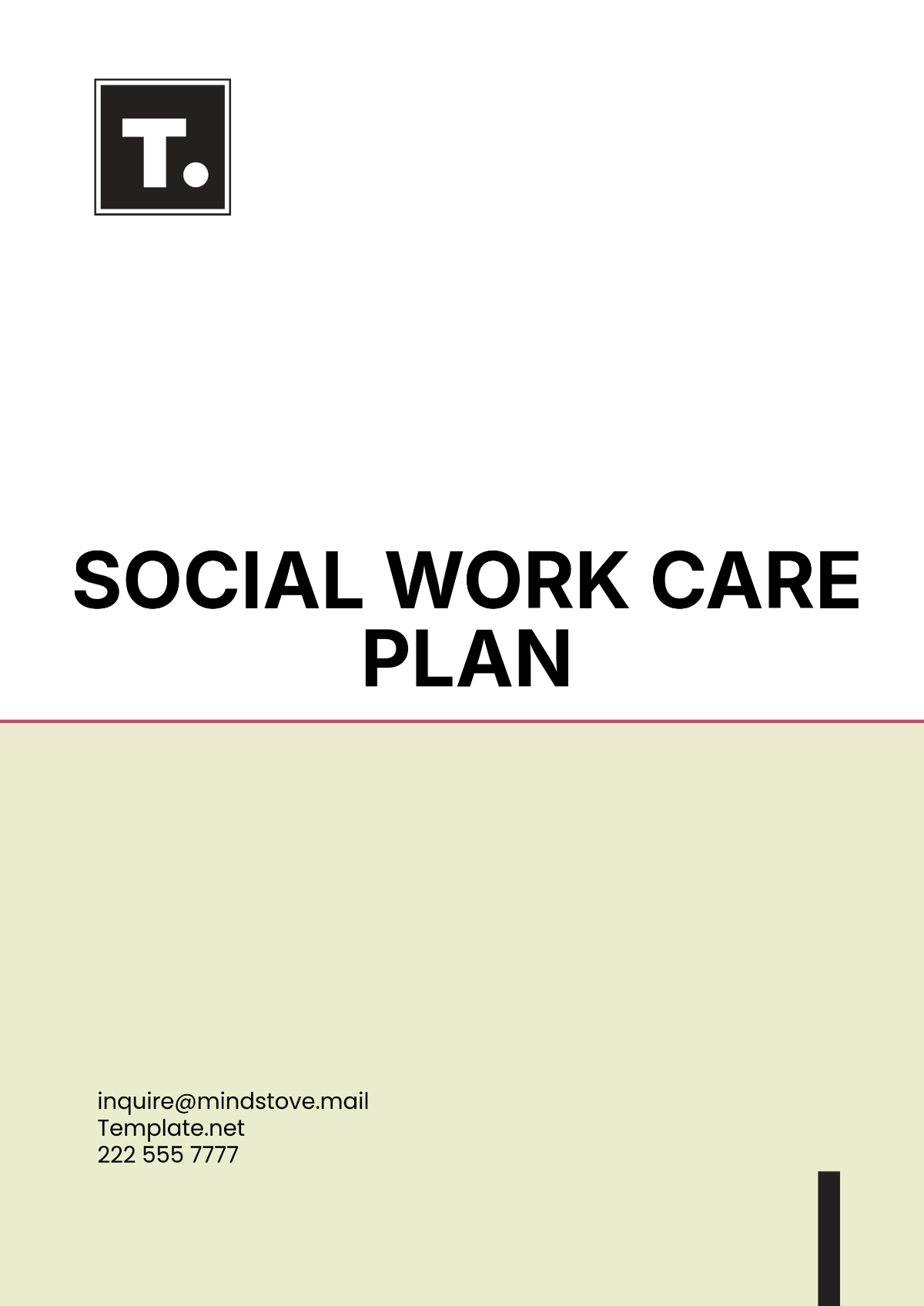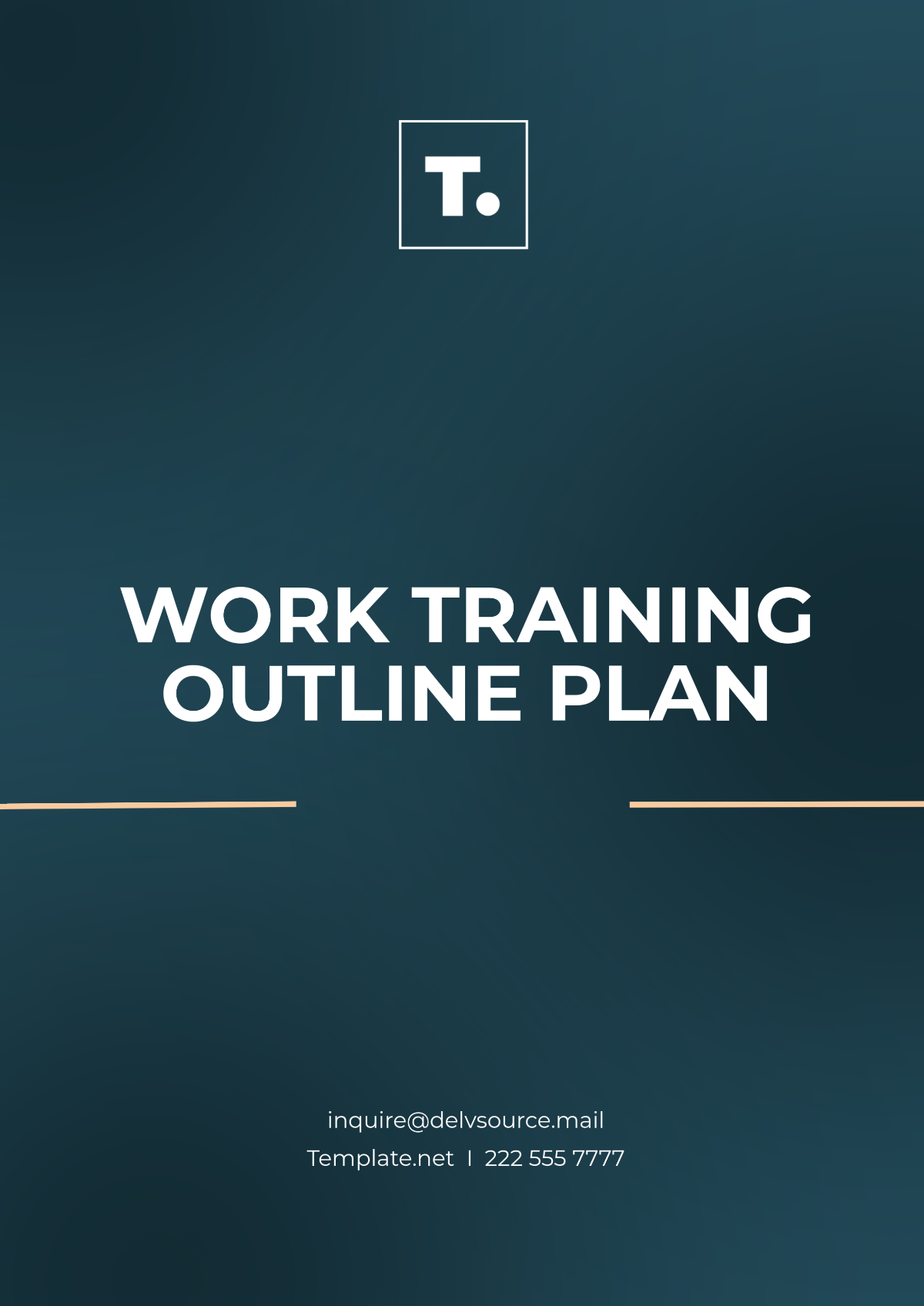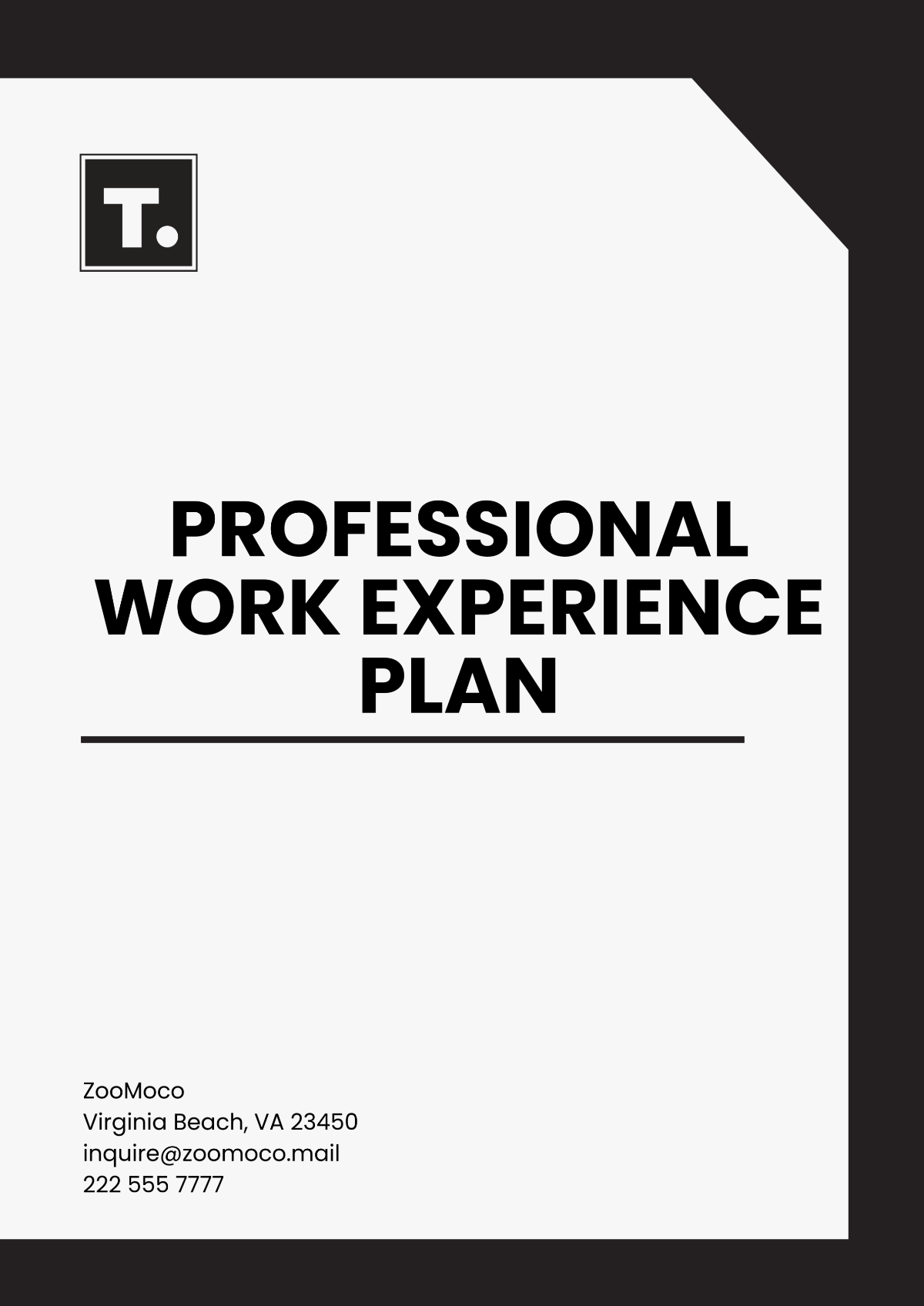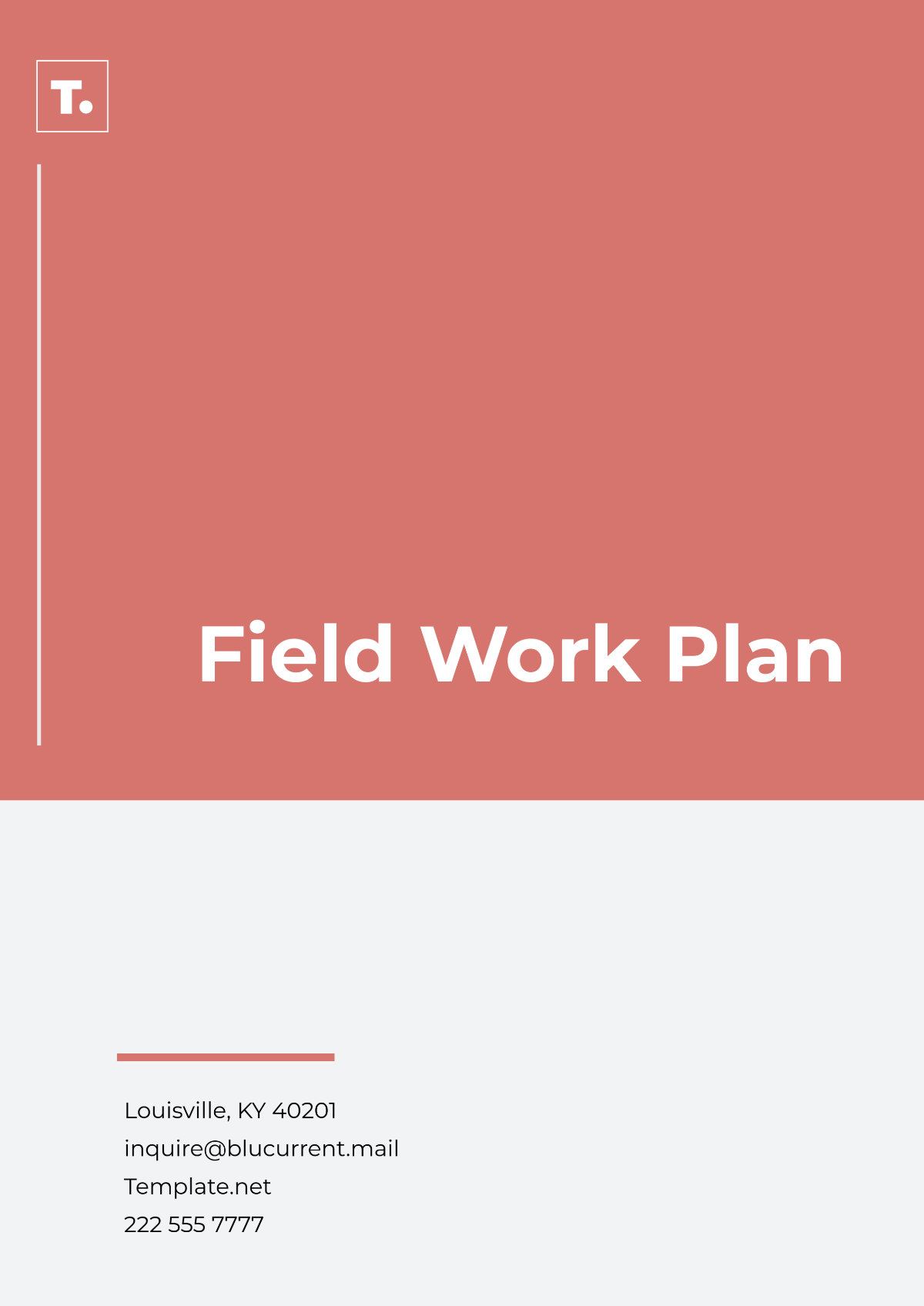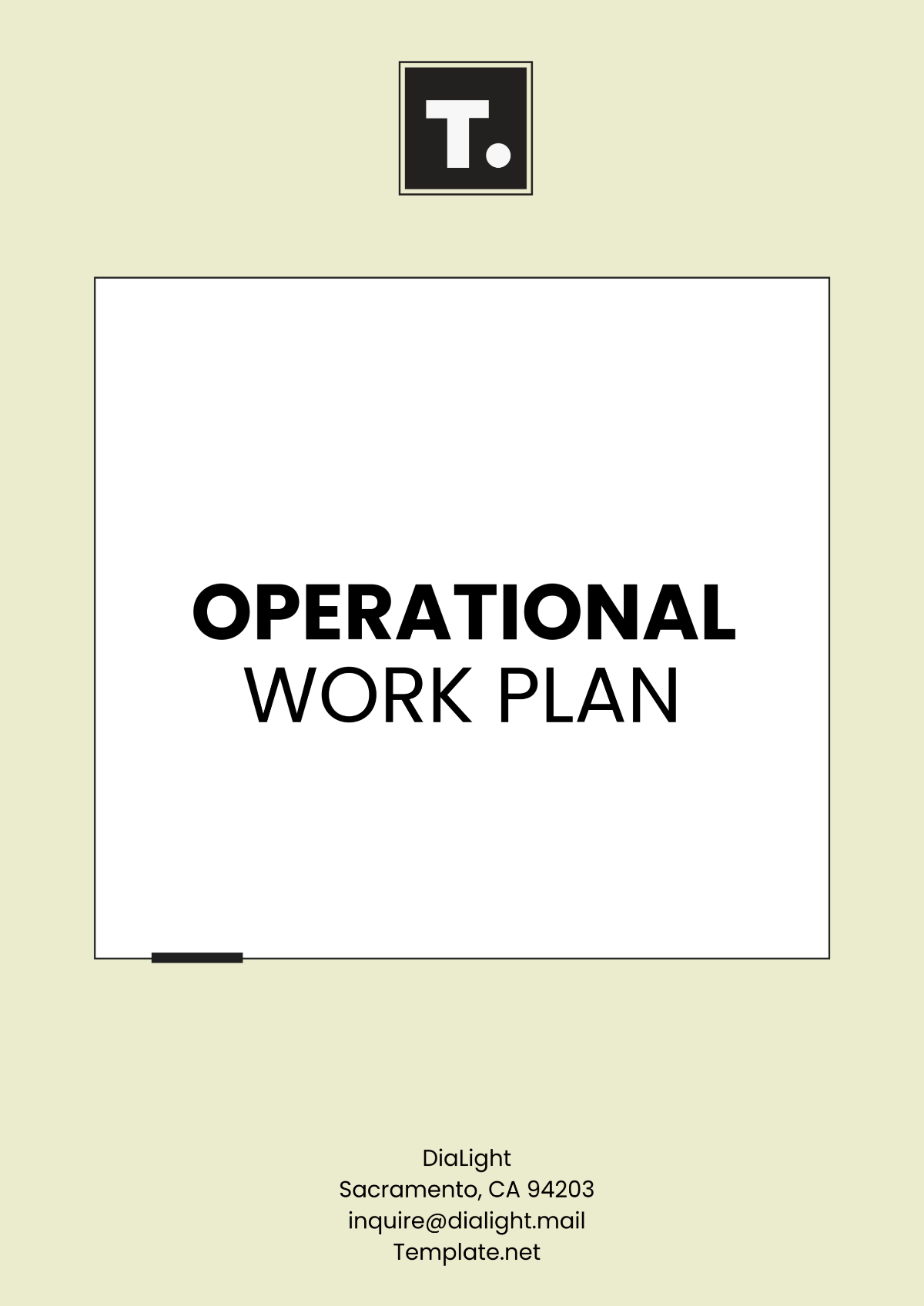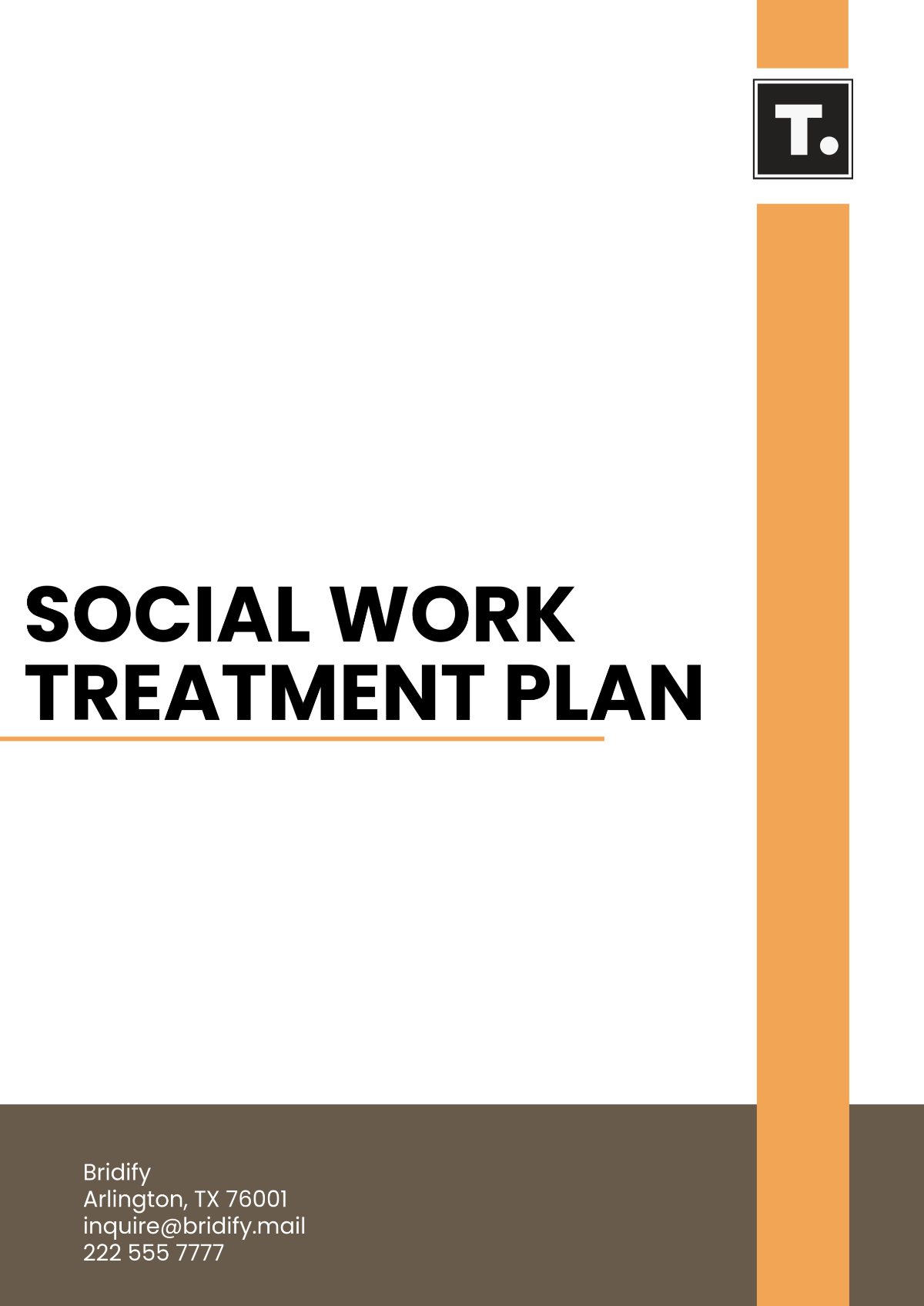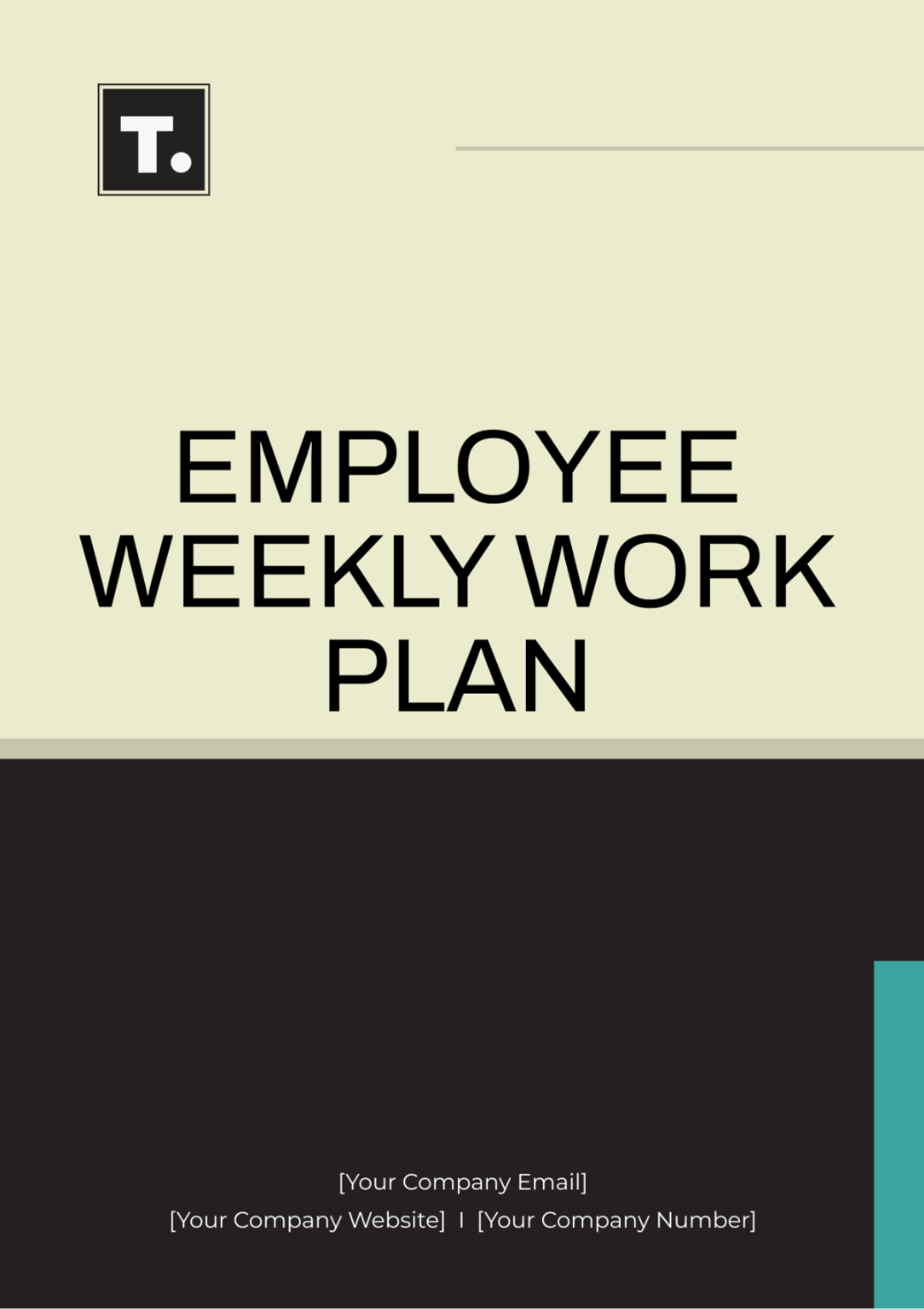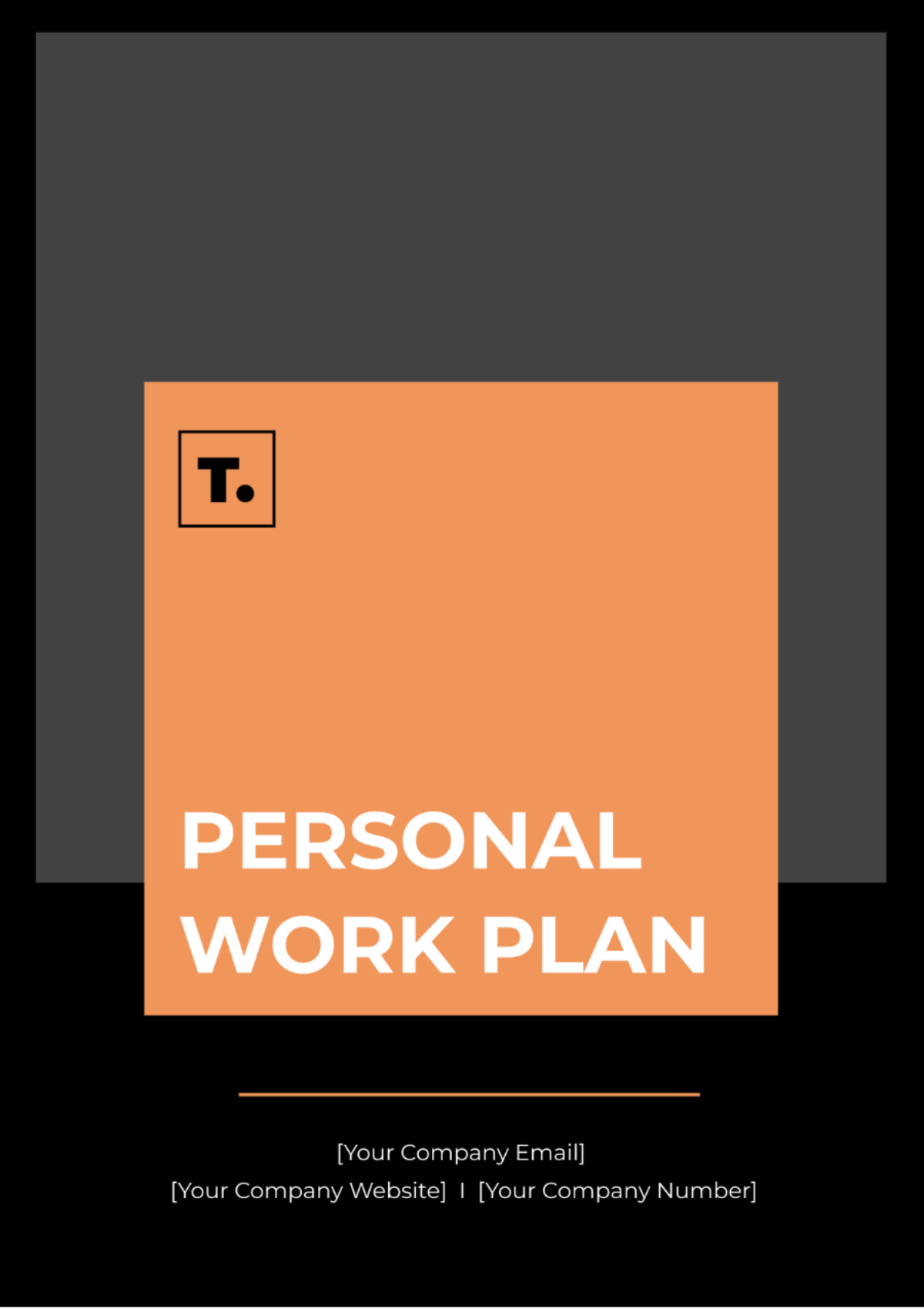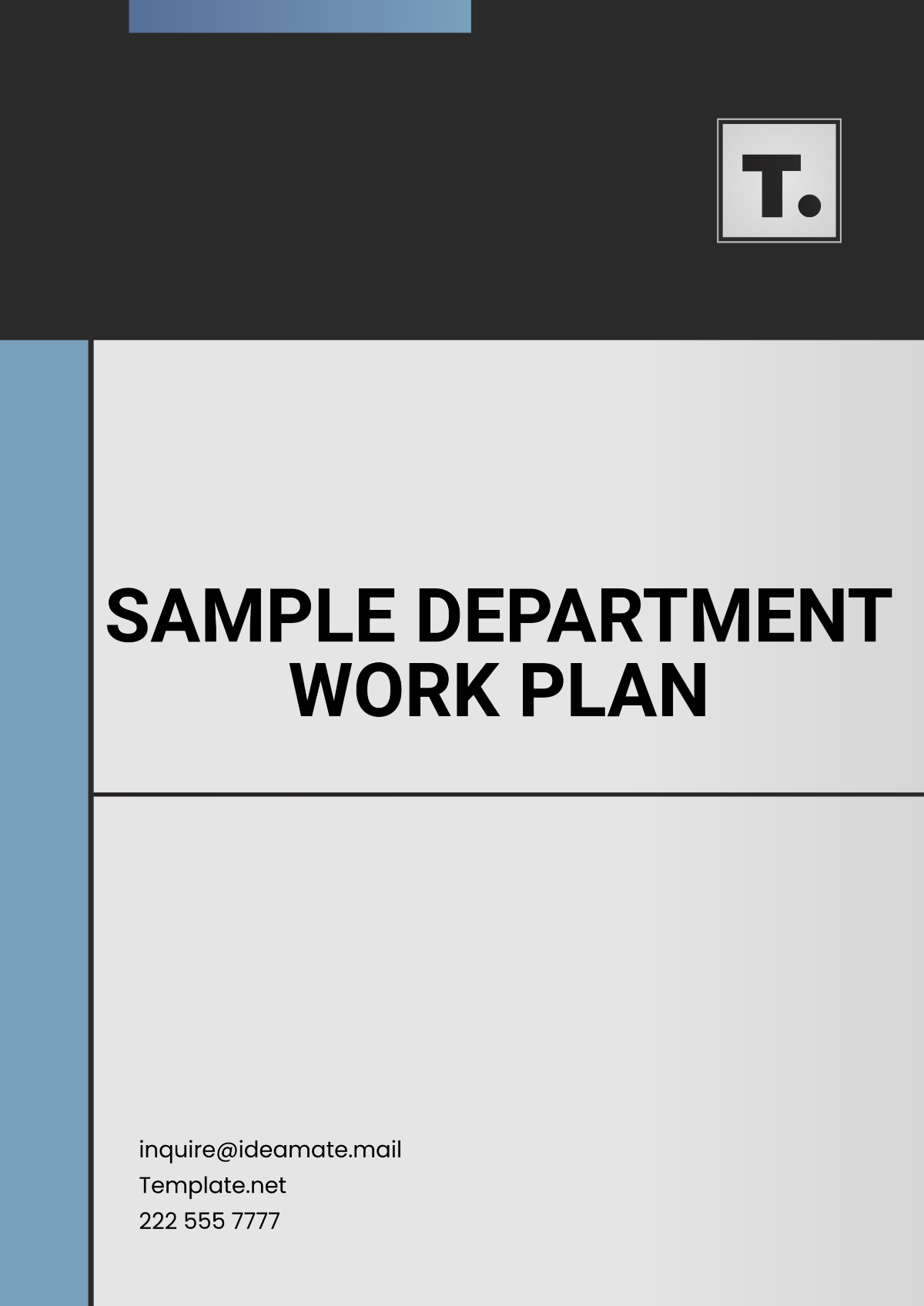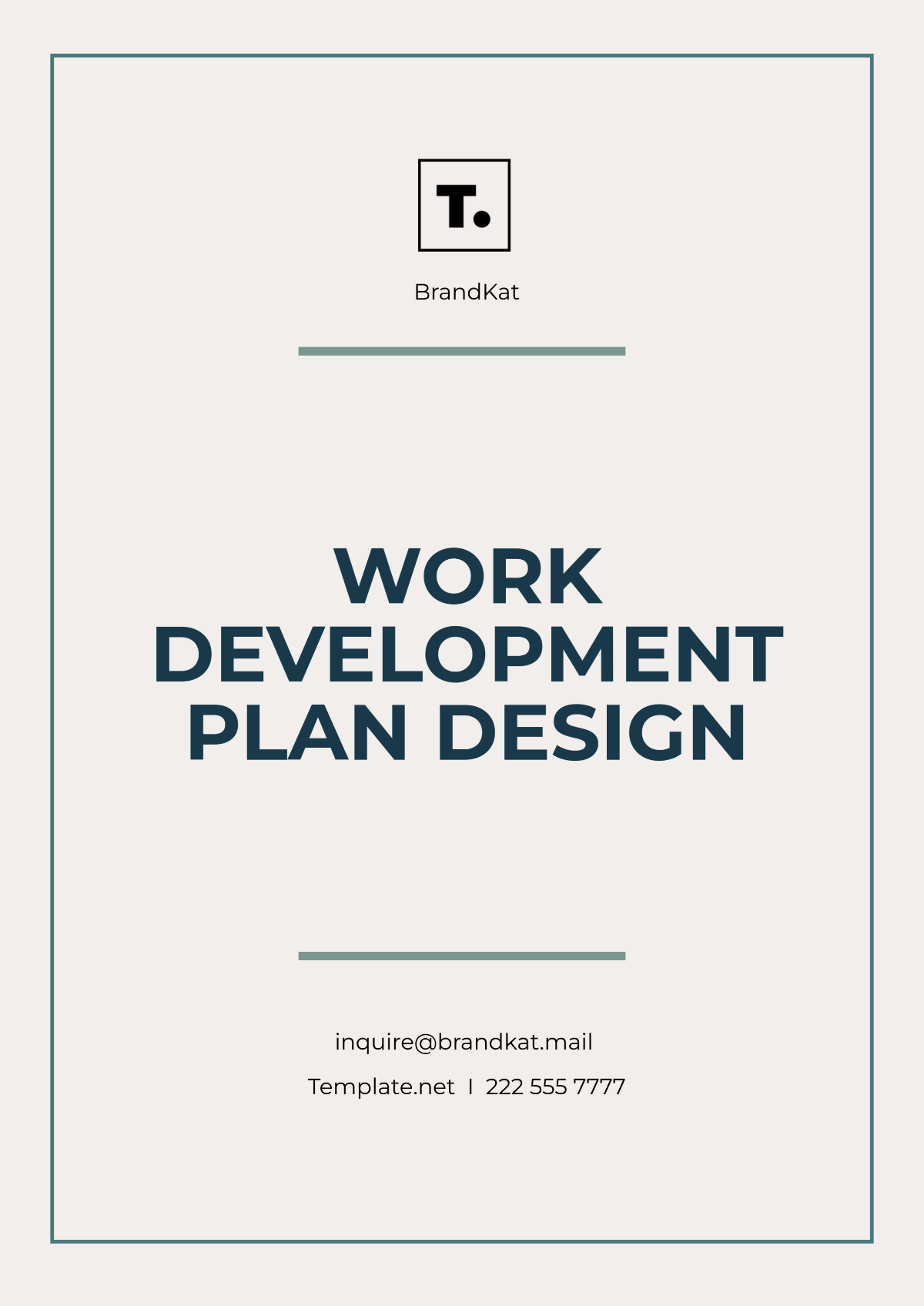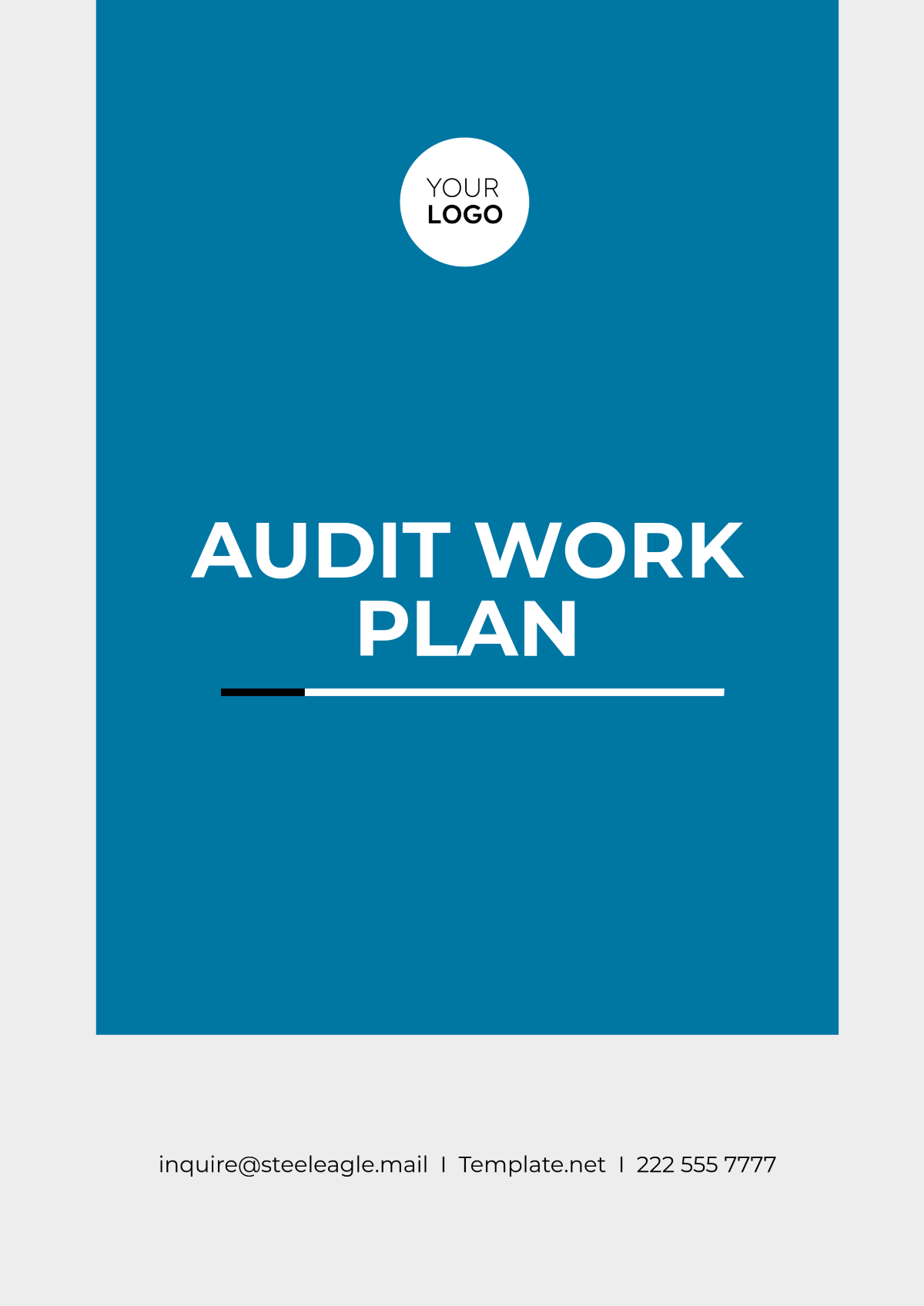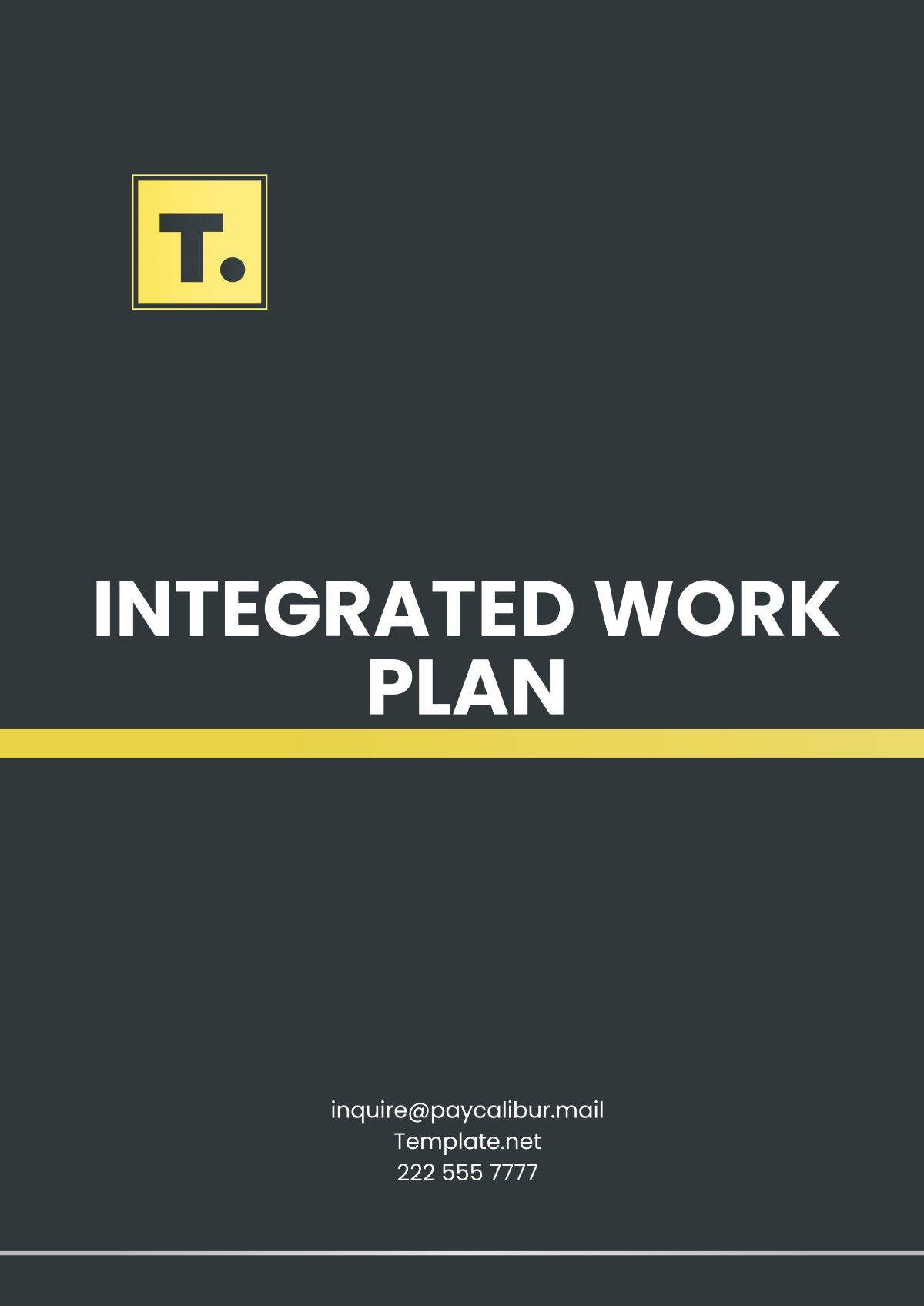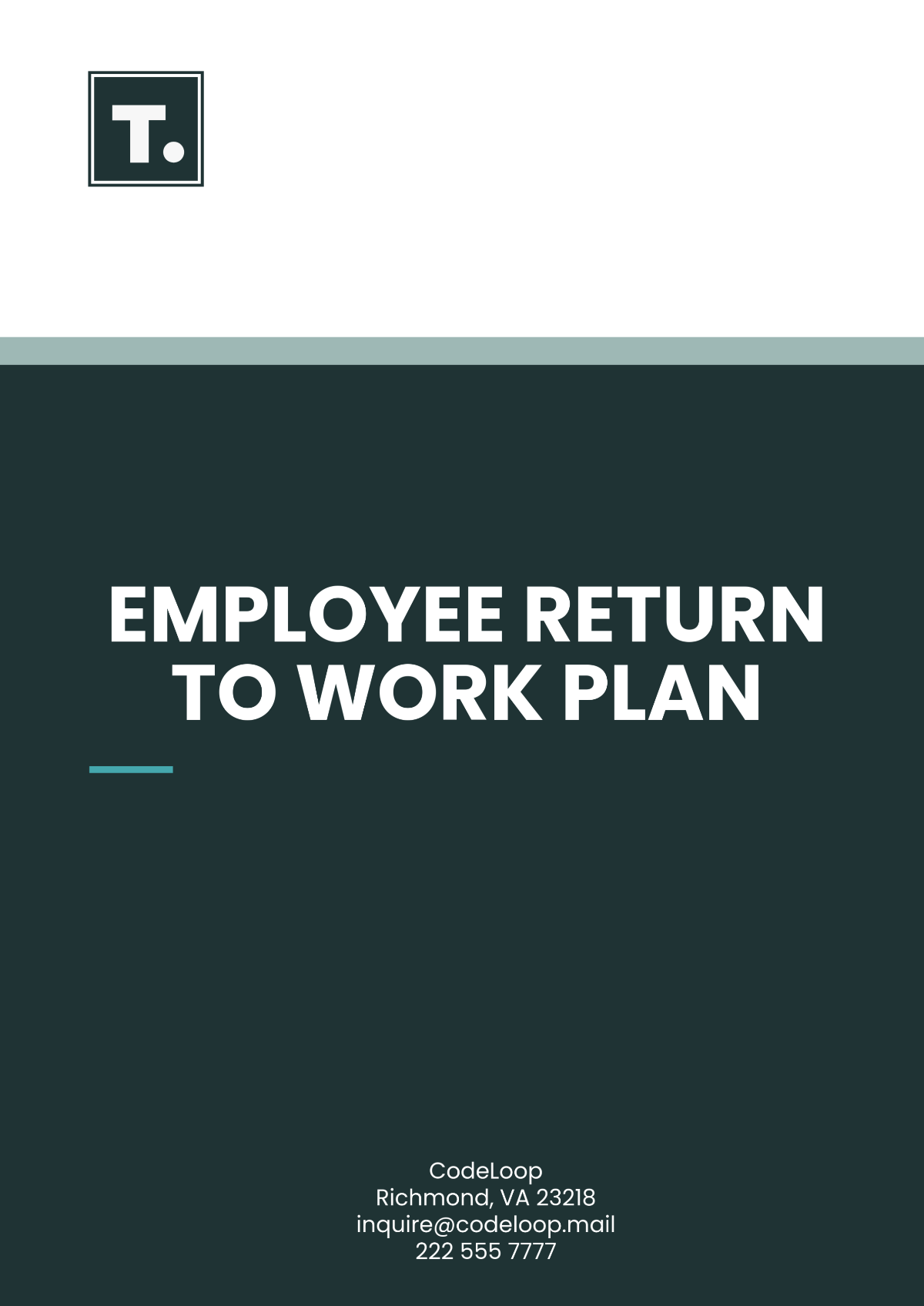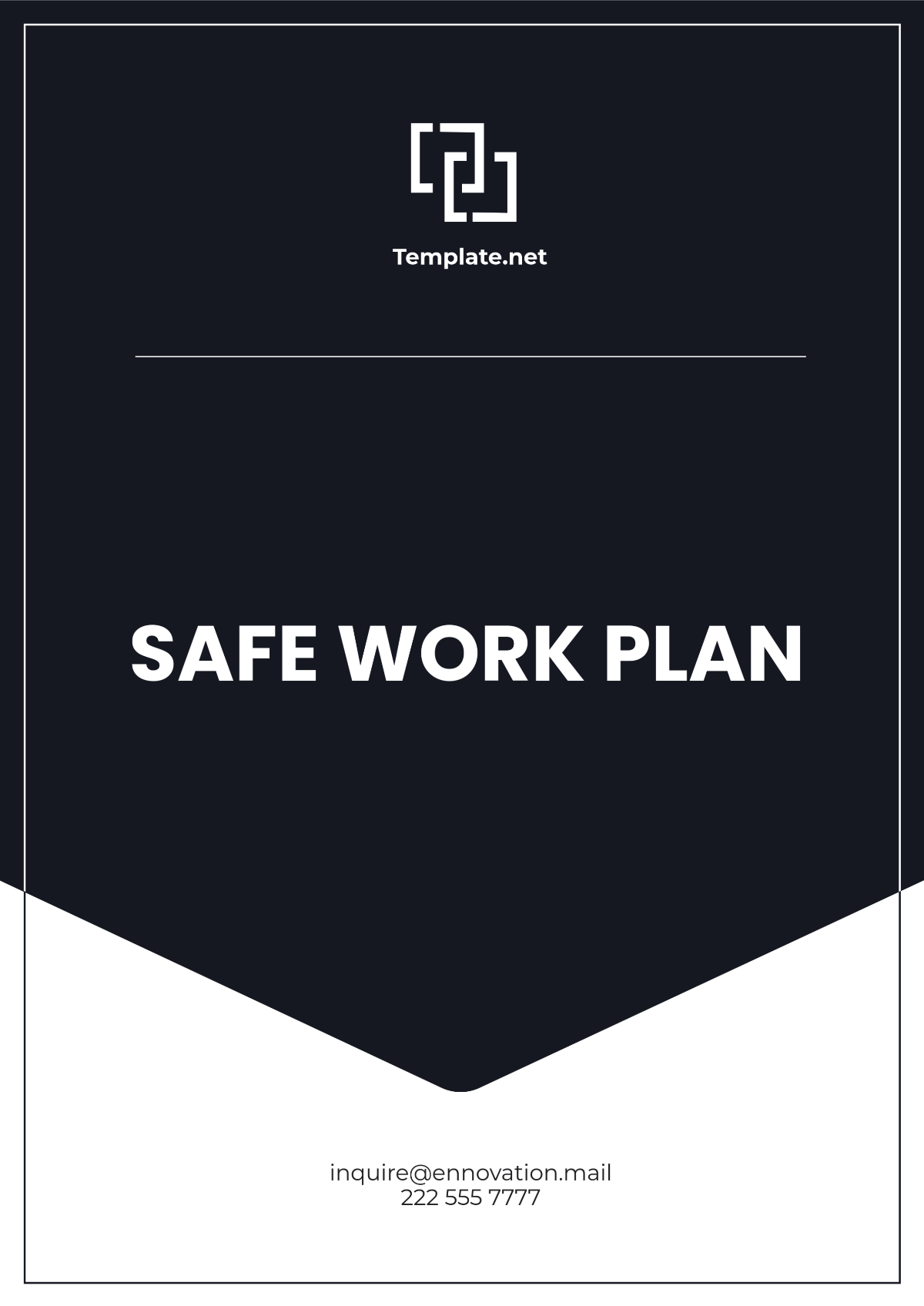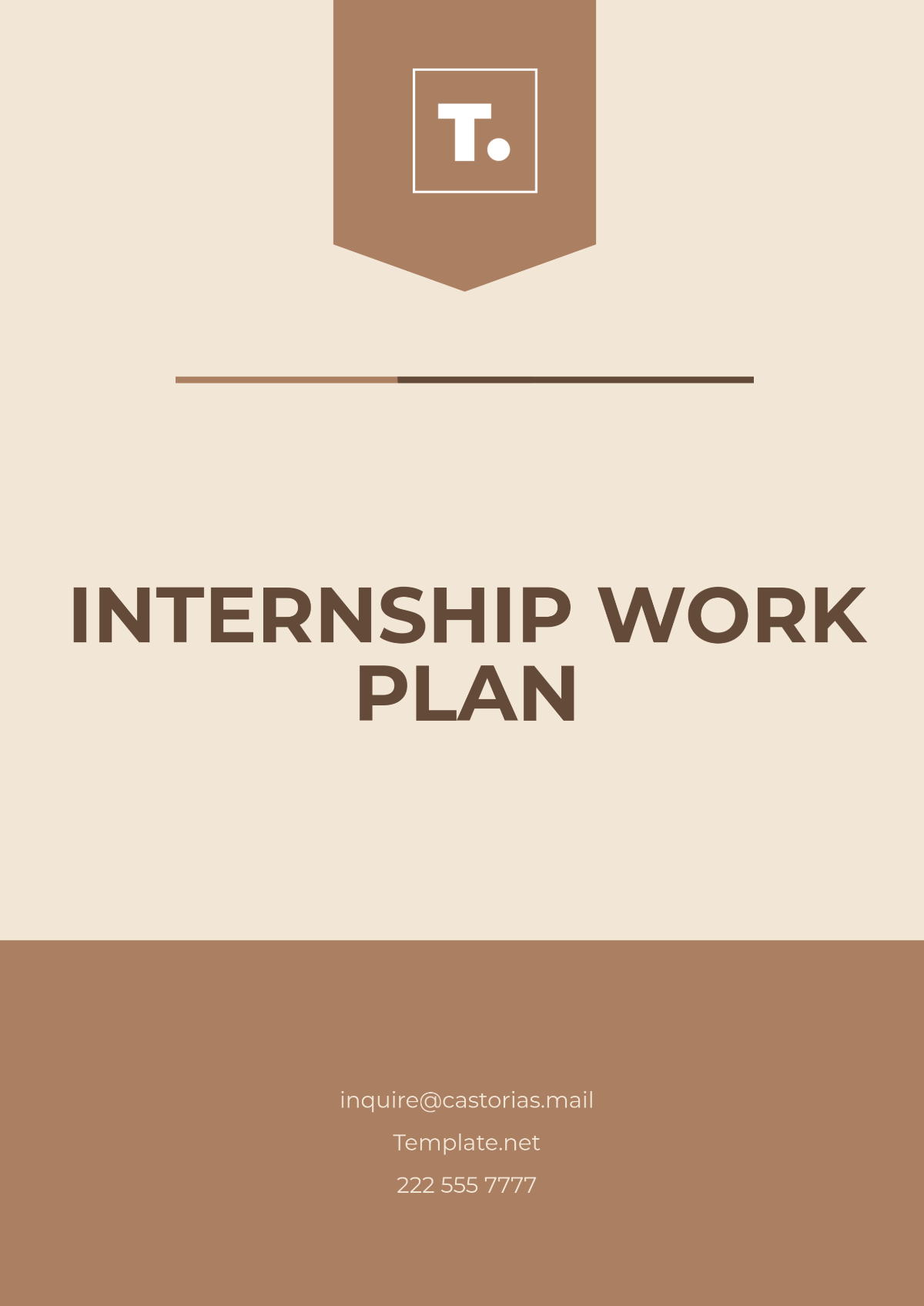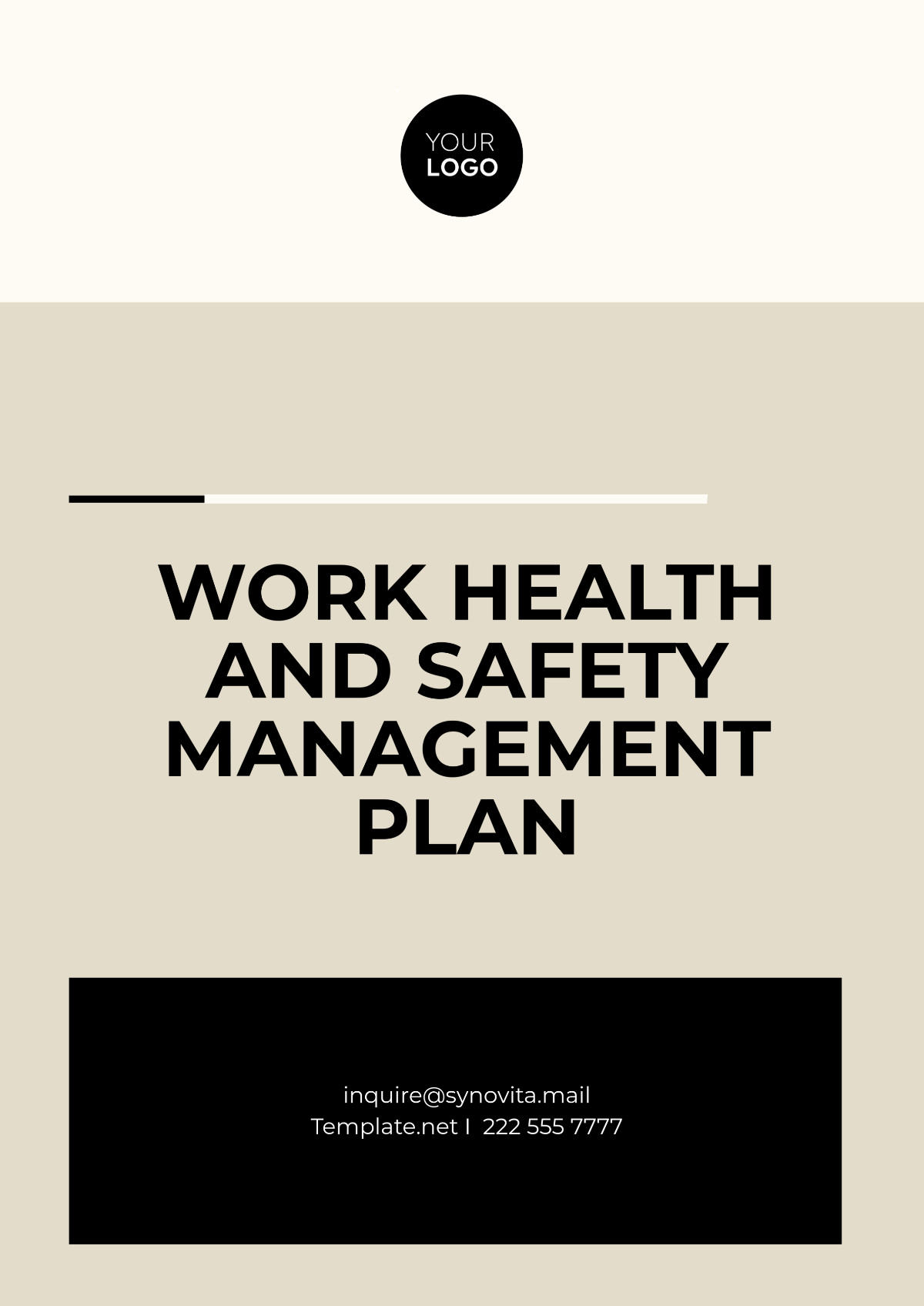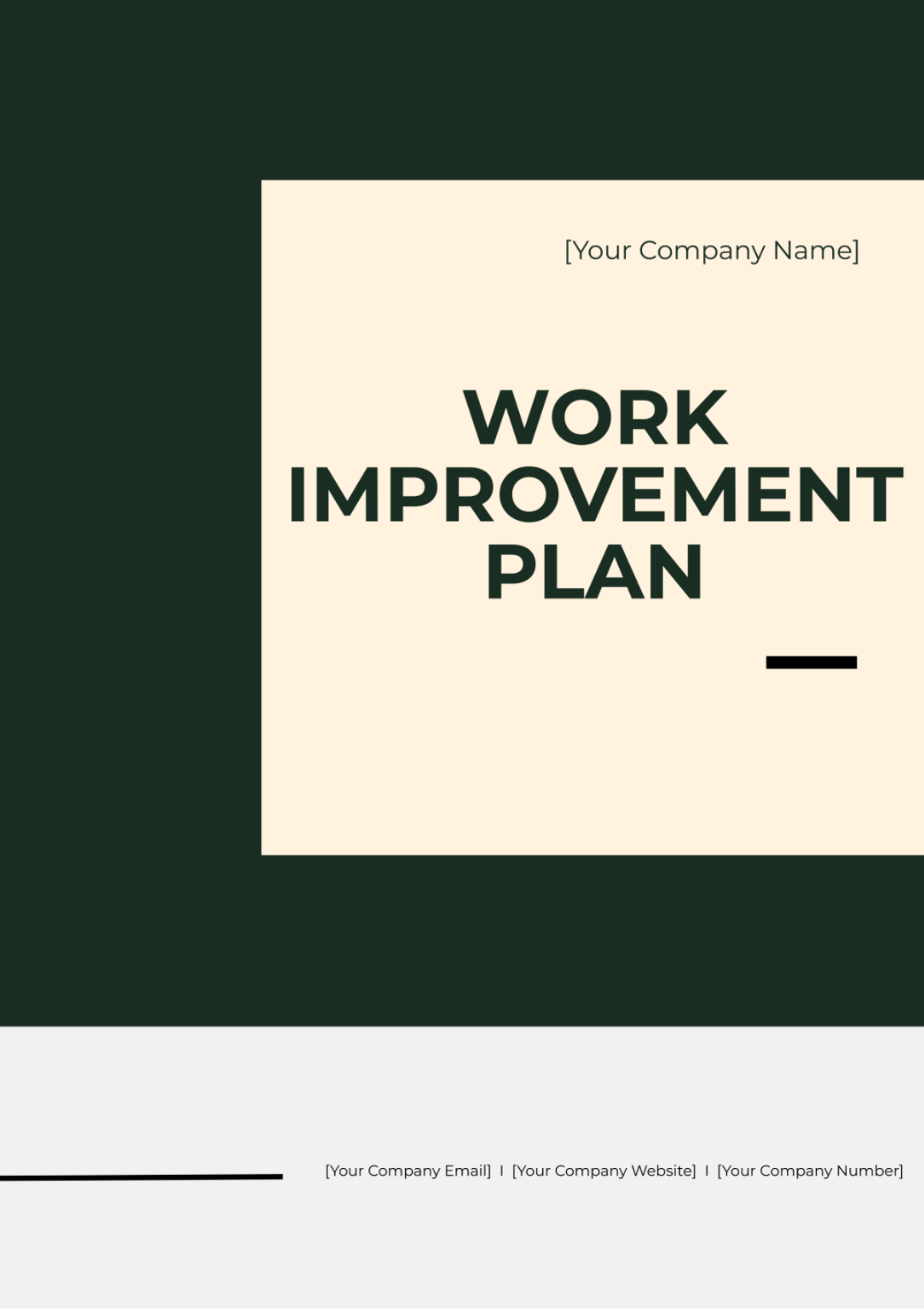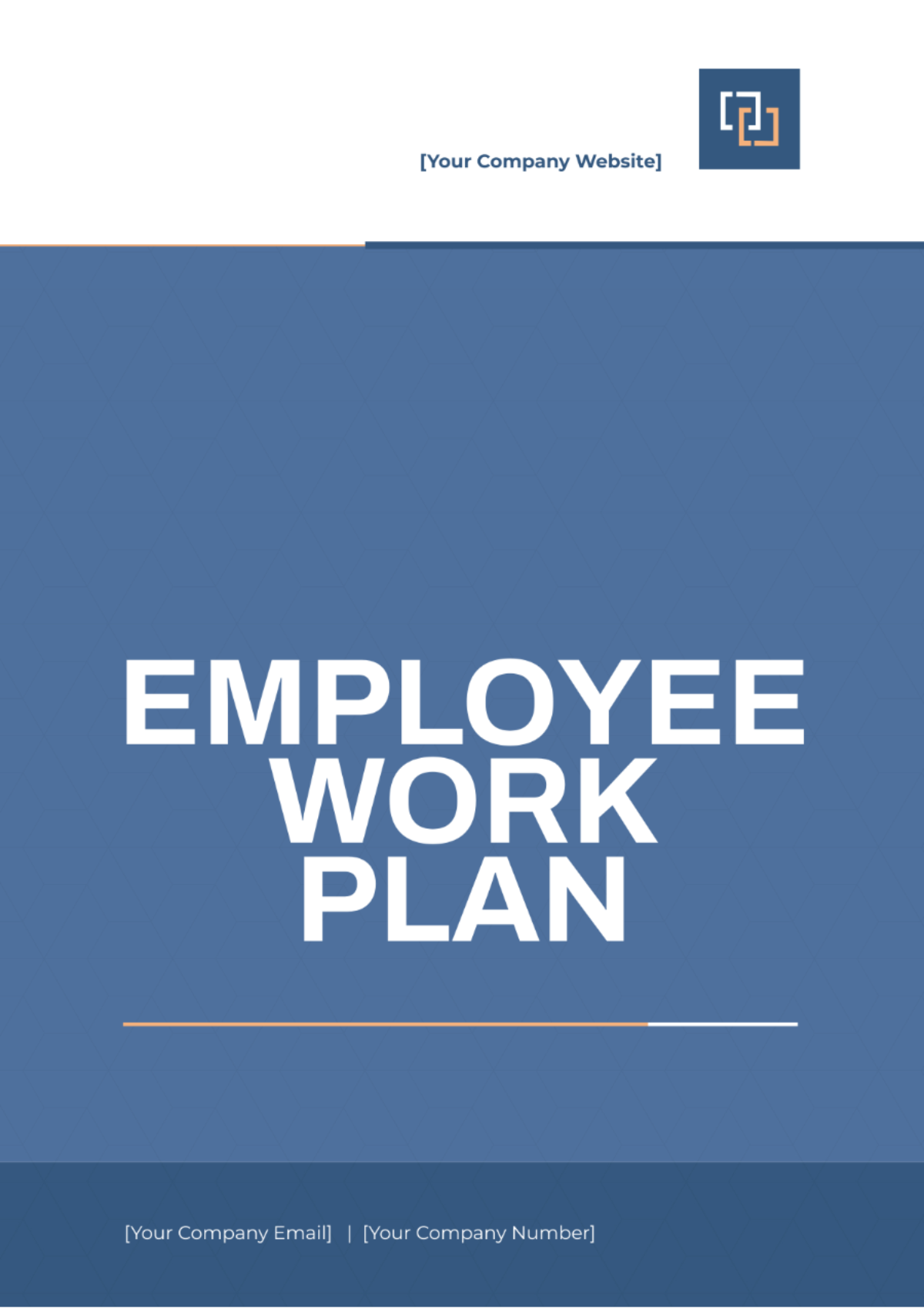Things are easier done if planned but presenting it through vague ways will not make sense either. One of the mistakes when making work or an action plan is providing generic details. Presenting a detailed plan demands time and effort. To save your time, try these 100% customizable work plan templates that are professionally designed and written for you. Utilize and edit them based on your needs. These easily editable templates are available in A4 & US letter sizes through Google Docs, MS Word, and Apple Pages file formats. Start setting your goals now by availing these templates that suit your needs.
What is a Work Plan?
A work plan is an outline and a timeline of a set of goals together with the processes to take and it is presented specifically to provide a clear path to success. This includes the tasks to complete for the project, the persons responsible for the task, and the time allotted for completion. Whether it is for a business plan, academic plan, or personal usage, details in a work plan must be specifically created and assigned to have a concrete guide that will lead to the completion of tasks and comply with it within a span of time.
How to Write a Functional Work Plan
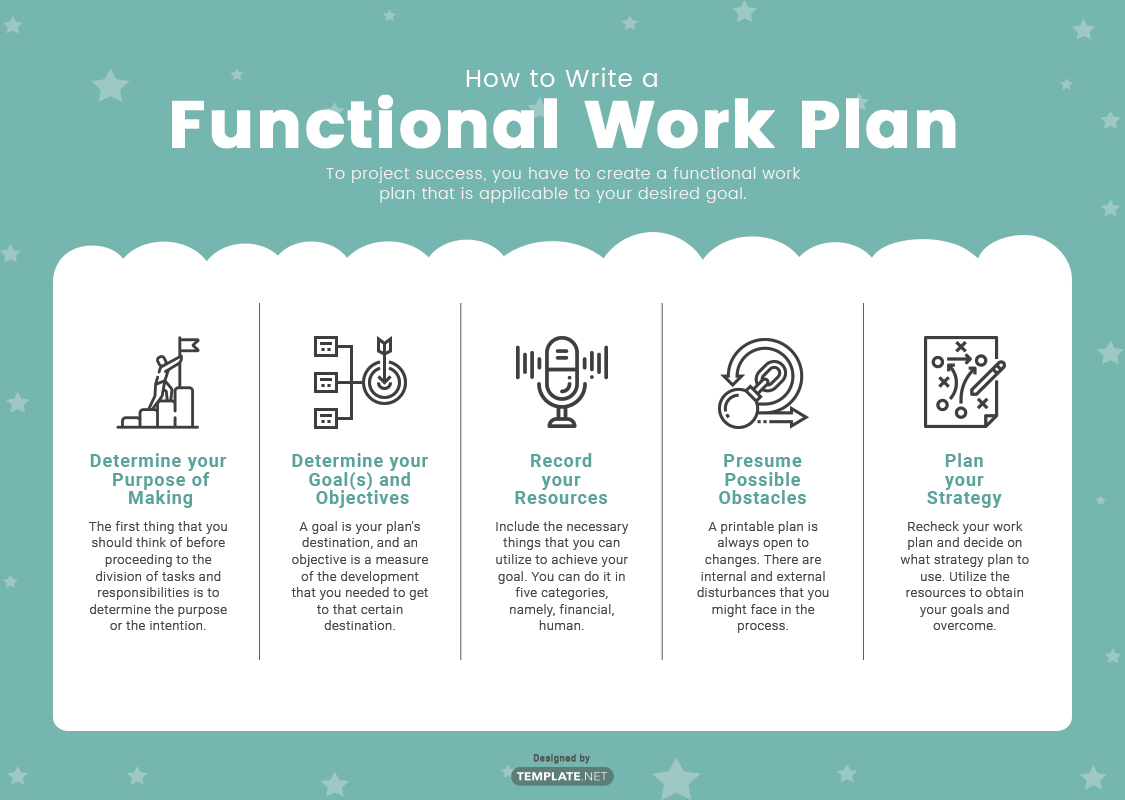
To project success, you have to create a functional work plan that is applicable to your desired goal. You can make respective work plans as a project plan, annual plan, weekly plan, individual plan, employee plan, experience plan, and transition plan for you to be guided for your better project management. There are lots of ideas to consider in making a work plan, but these are contracted in five effective steps just for you. Refer to the steps below if you have not yet done with your work plan or reassess if you already had one.
1. Determine your Purpose of Making
As mentioned earlier, a work plan has a definite goal depending on the purpose being set. The first thing that you should think of before proceeding to the division of tasks and responsibilities is to determine the purpose or the intention of doing it. You create a basic plan for areas such as your workplace, school, and personal life. But still, your purpose will always be the basis of the tasks that you will undertake and will guide you or keep you on track in your goals.
2. Determine your Goal(s) and Objectives
Before you structure your work plan, be reminded that objectives are more specific than goals. A goal is your plan's destination, and an objective is a measure of the development that you needed to get to that certain destination. Therefore, if you make your work plan, your goal should focus on the big picture of your plan and leave the specifics to your objectives. Your objectives should meet your goal. When you write your objectives, do it in an active voice and only use specific action words. You can apply SMART objectives if you wish.
3. Record your Resources
The choice of resources will vary depending on your purpose. Include the necessary things that you can utilize to achieve your goal. You can do it in five categories, namely, financial, human, educational, emotional and physical resources depending on your needs.
4. Presume Possible Obstacles
A printable plan is always open to changes. There are internal and external disturbances that you might face in the process. If you presume obstacles, you will get higher chances of a firm back up in case things will not go along with you and your plans. Careful preparation cannot guarantee your success, but it can strengthen your chances.
5. Plan your Strategy
Recheck your work plan and decide on what strategy plan to use. Utilize the resources to obtain your goals and overcome the obstacles. List your specific action steps and always leave a space in your schedule and your plan for unexpected things to avoid falling and failing.

